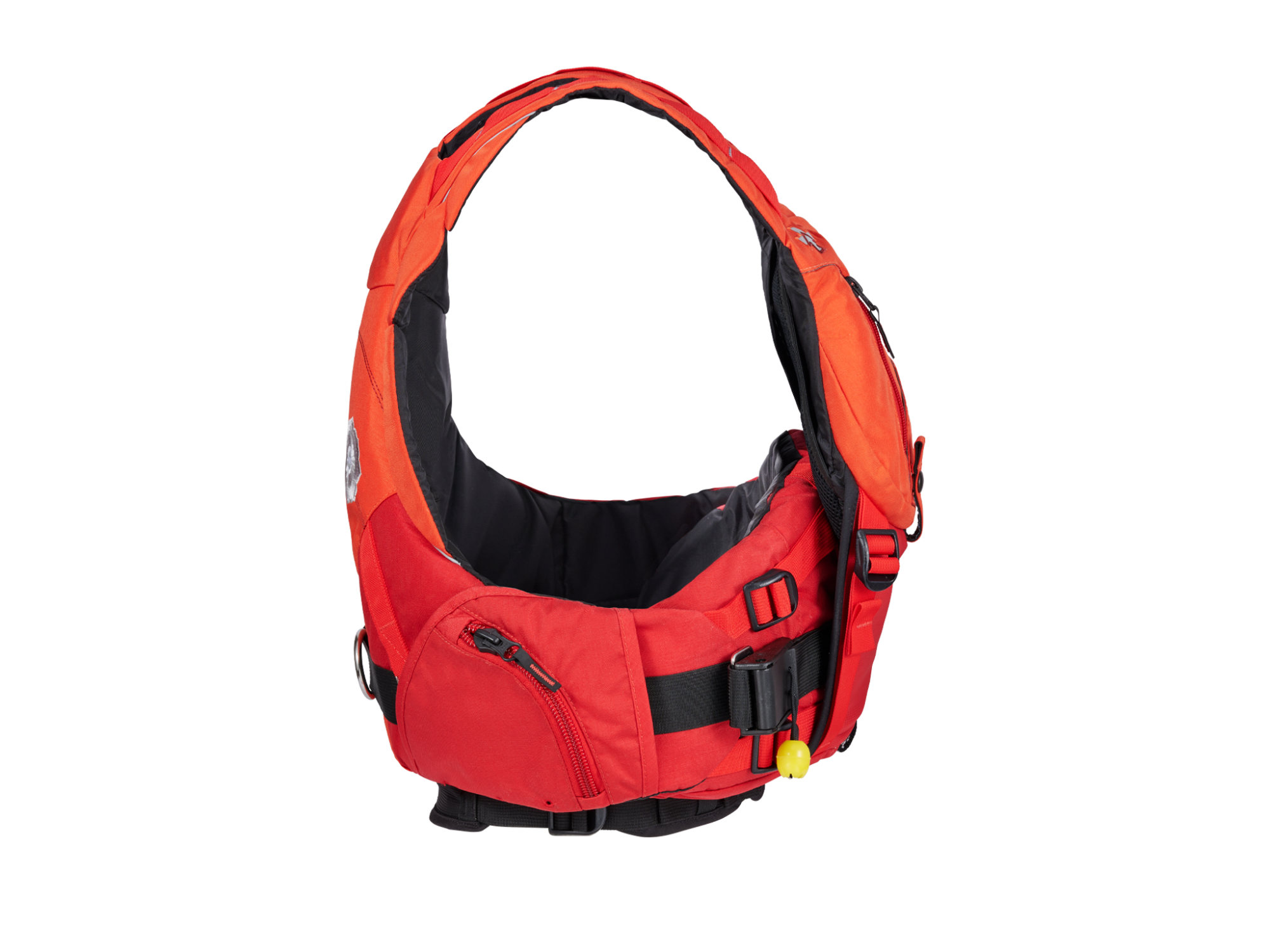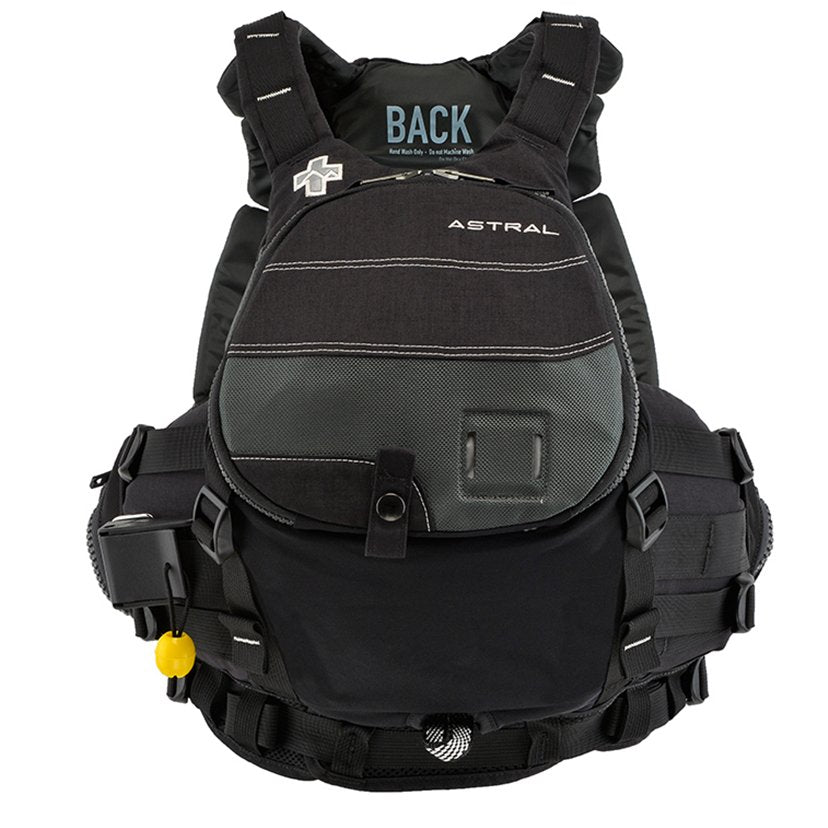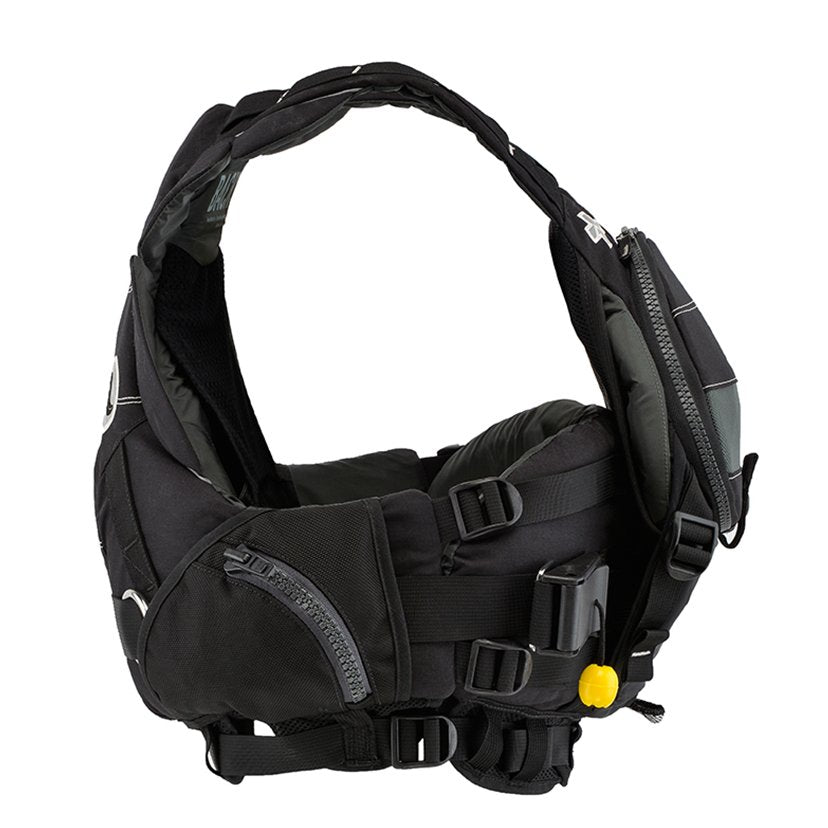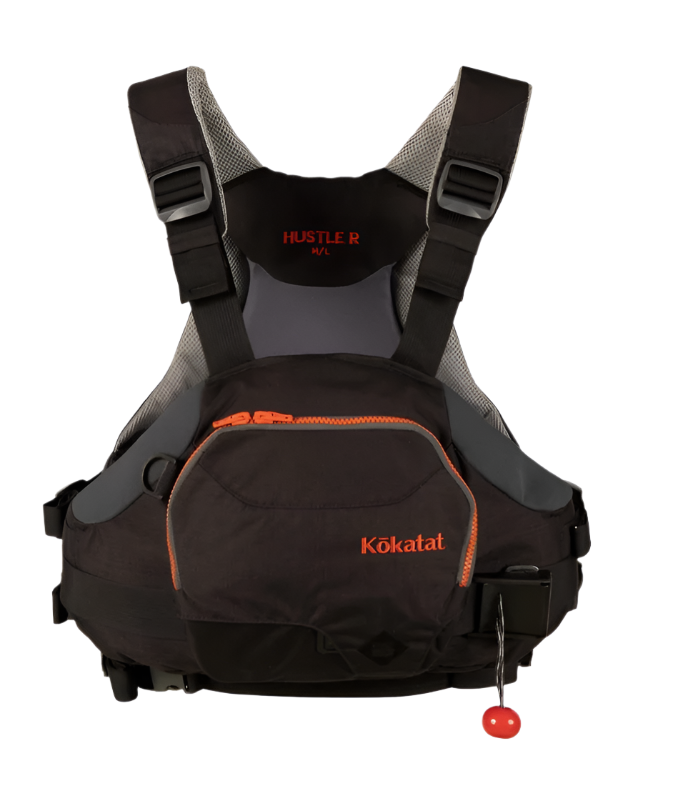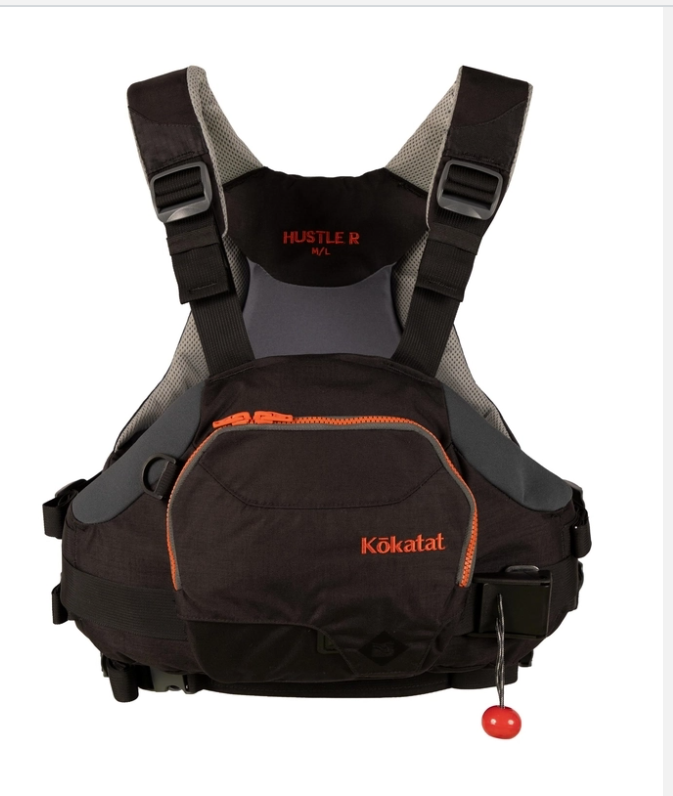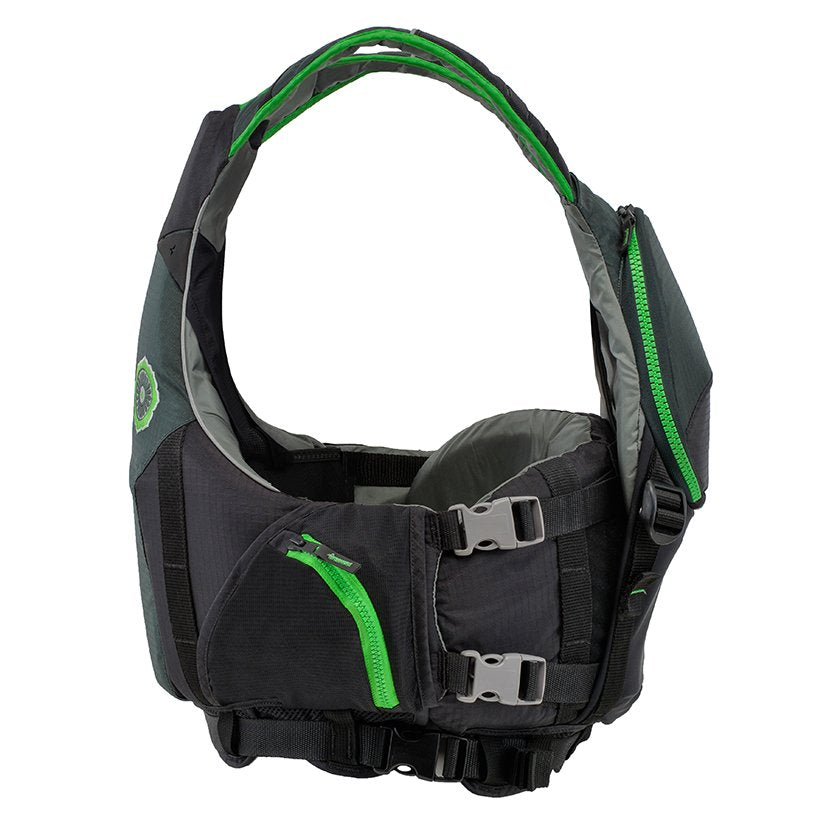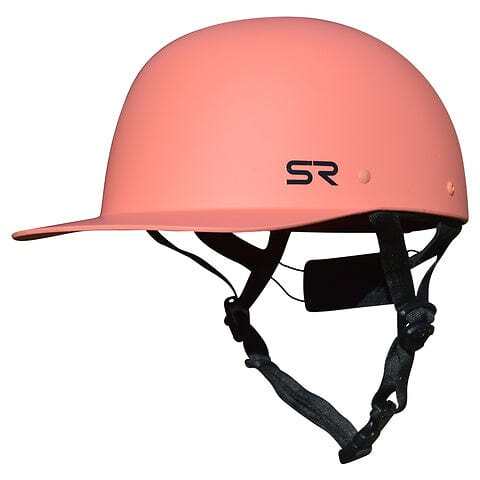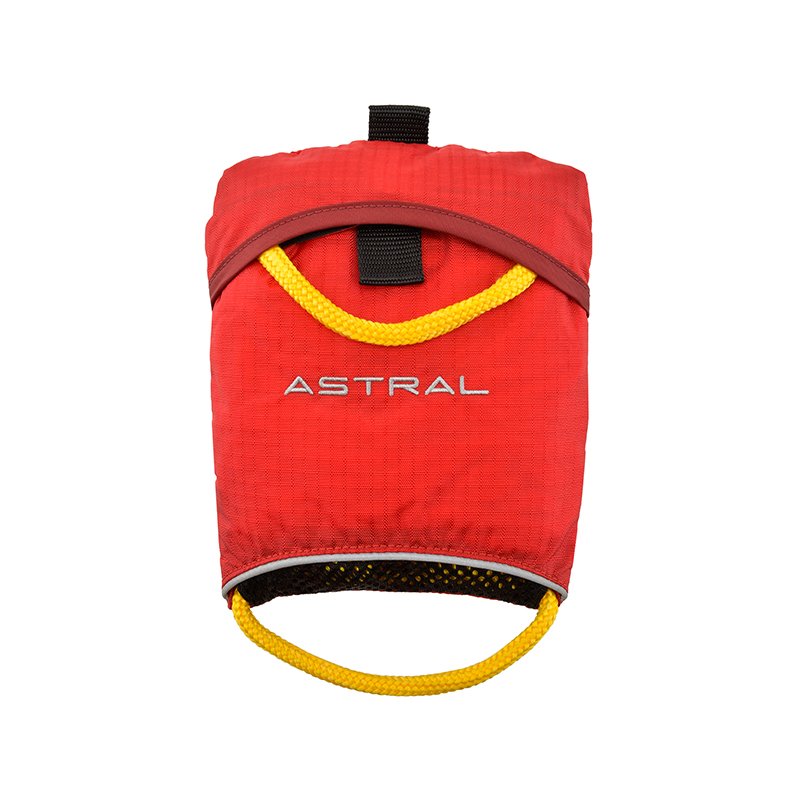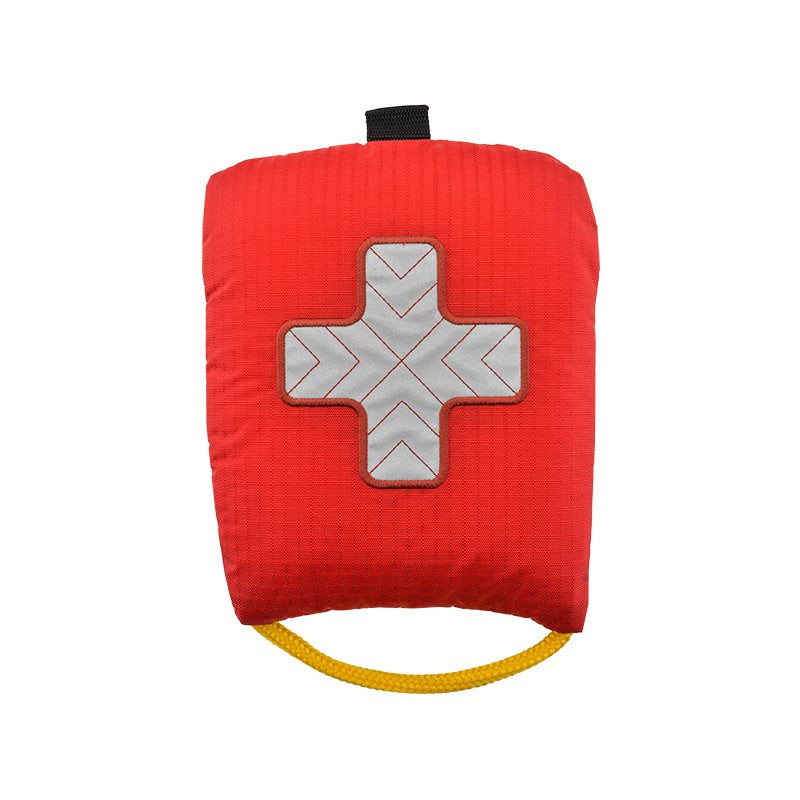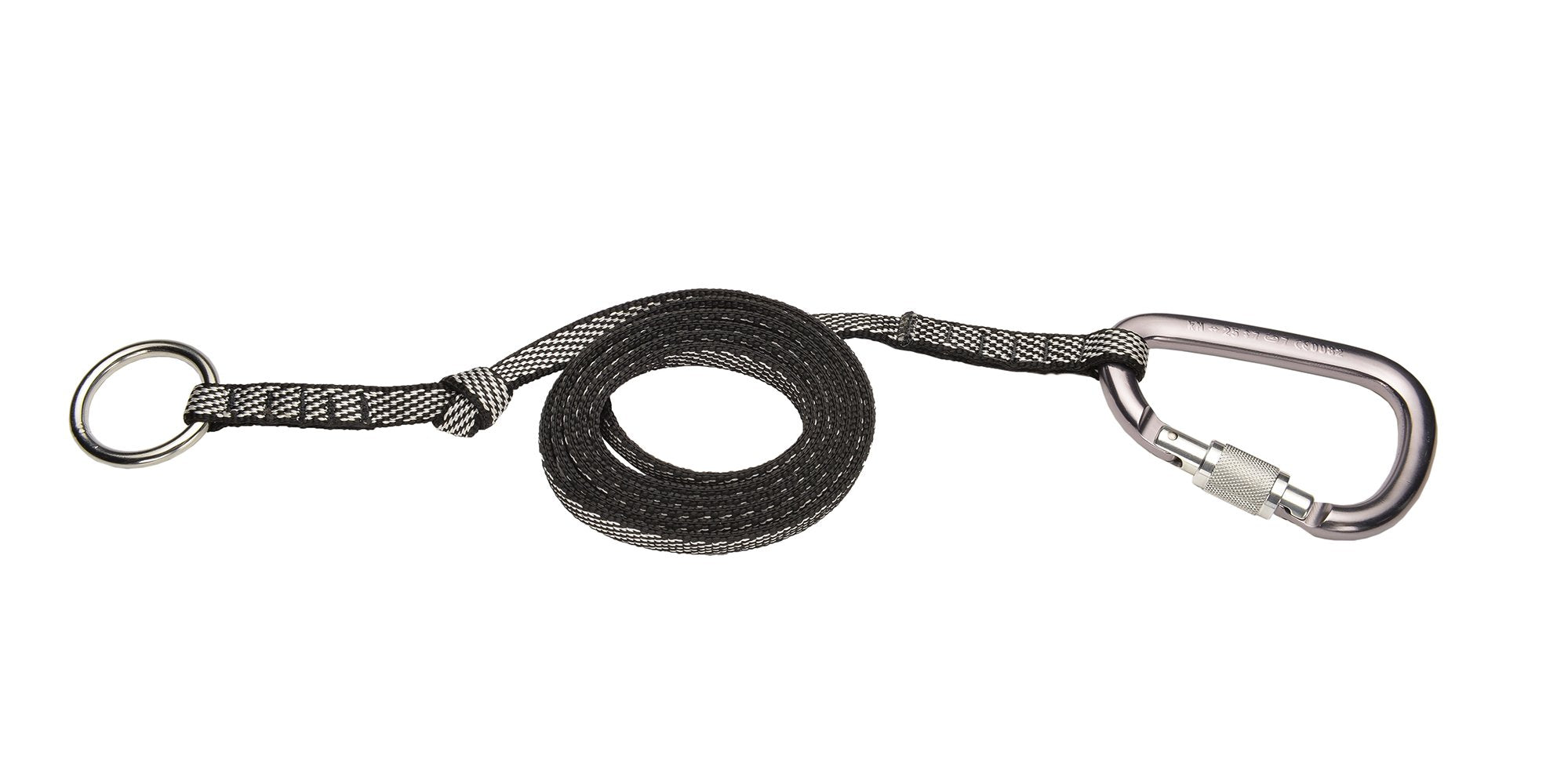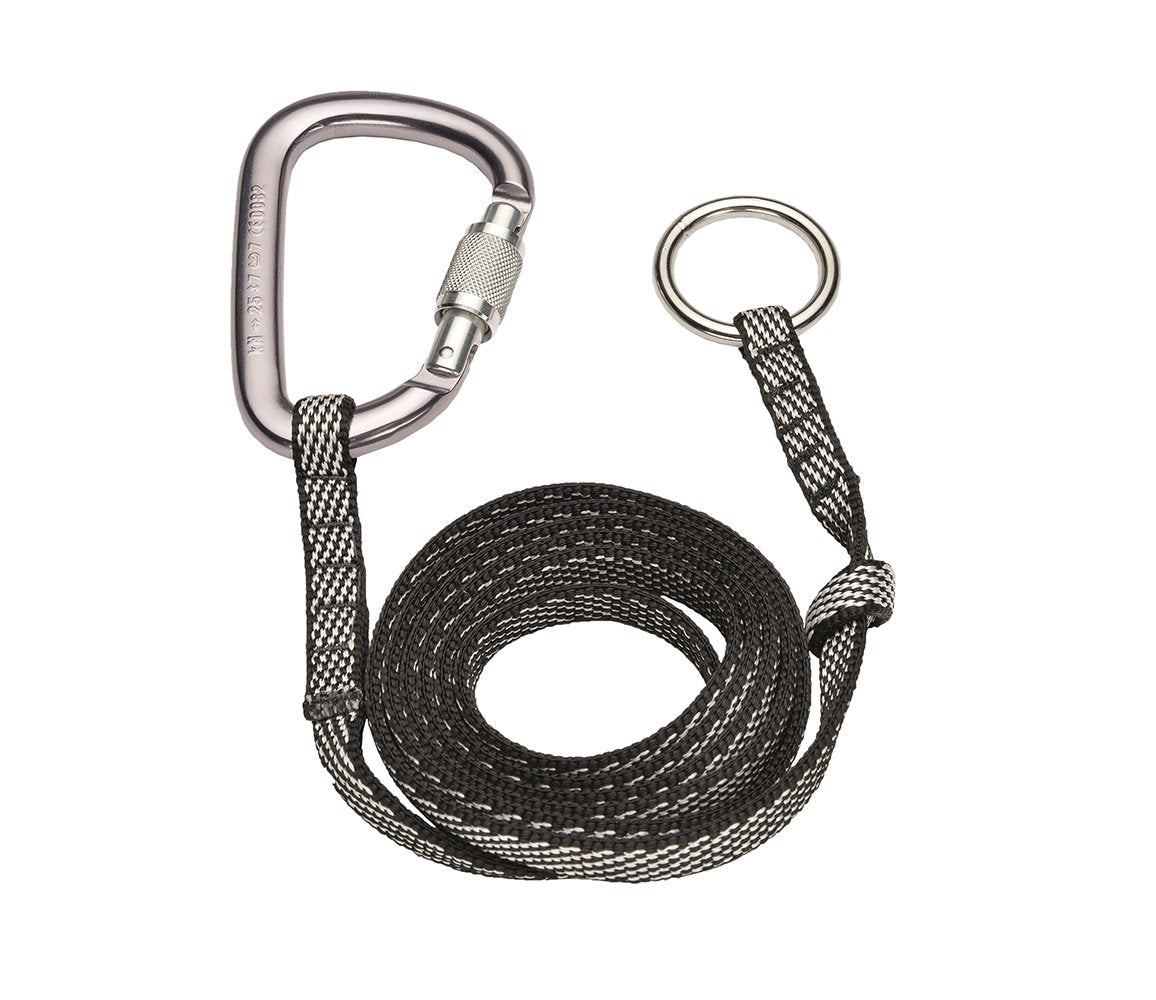
Safety Essentials
Learn about our recommended whitewater safety + rescue equipment. We start with the basics that every boater needs to own before hitting the river, to the gear everyone should know how to properly use, and wrap up with the specialized swiftwater rescue equipment that trained professionals carry while paddling.
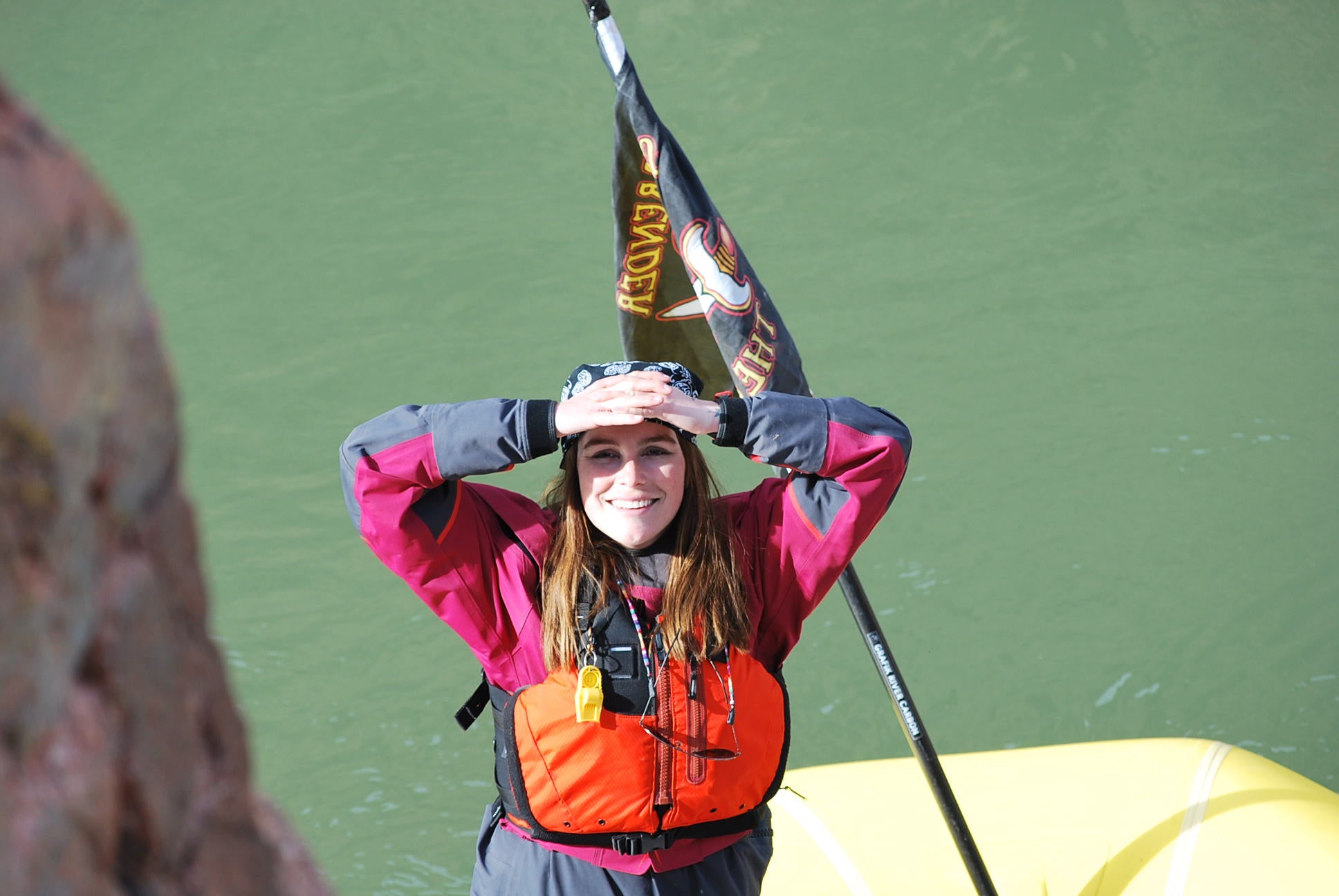
The Basics
First things first, if you are paddling on the river you must be wearing a Type III or Type V PFD and you must carry a whistle. Even the best of swimmers cannot properly navigate whitewater without extra flotation (yes, even you), plus the majority of local regulations require paddlers to wear PFDs in whitewater.
As far as whistles go, it is all too easy to paddle out of voice and sight range from the rest of your group. If you encounter an emergency while separated, everyone needs to be alerted as quickly as possible. Make sure that everyone in your crew has a whistle securely attached to the outside of their PFD and to communicate whistle signals before putting on the water.
It seems obvious, but make sure to attach your whistle to your PFD in a place where it can comfortably reach your mouth. Most folks tie their whistle to the shoulder strap of their PFD using paracord or shockcord. Do NOT use any type of carabiner to attach your whistle to your PFD. This could cause an unnecessary entrapment issue that even a rescue knife could not get you out of!
Get the Fox 40 WhistleShop PFDs: Every Adult PFD We Carry is Type III or V
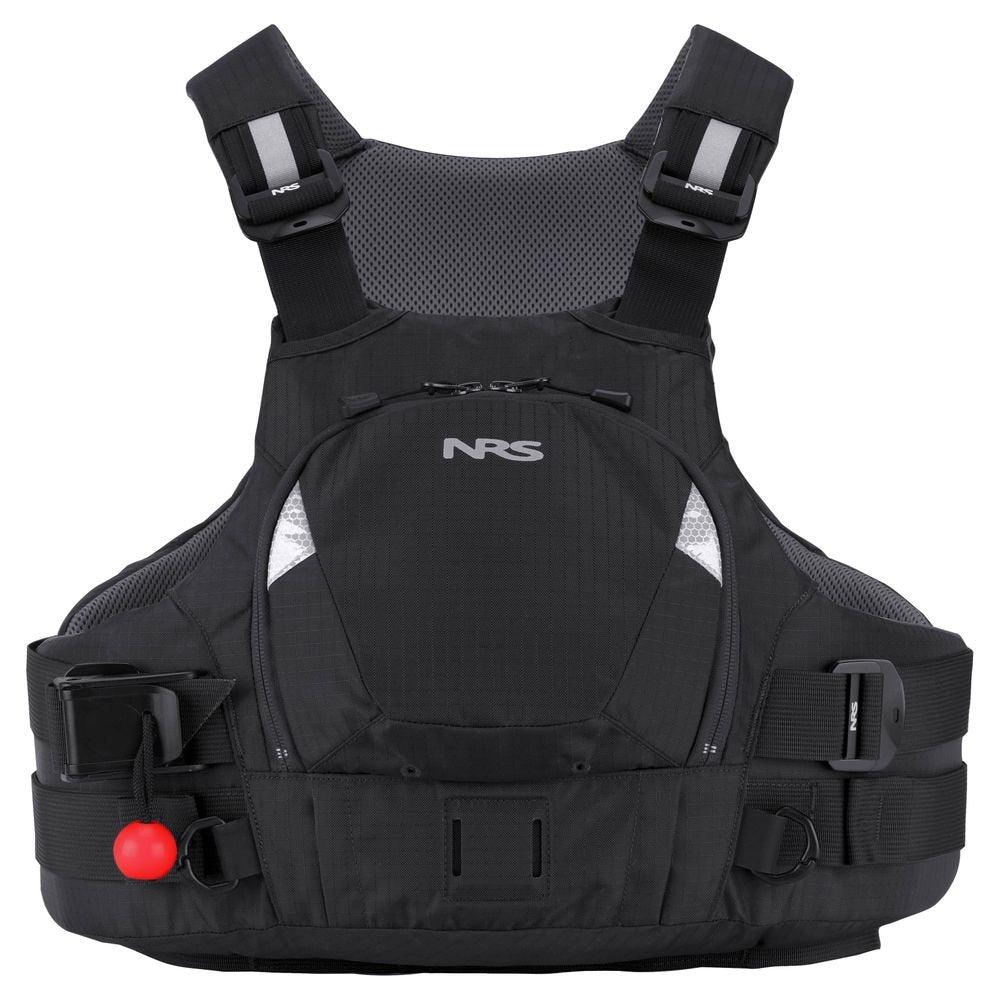
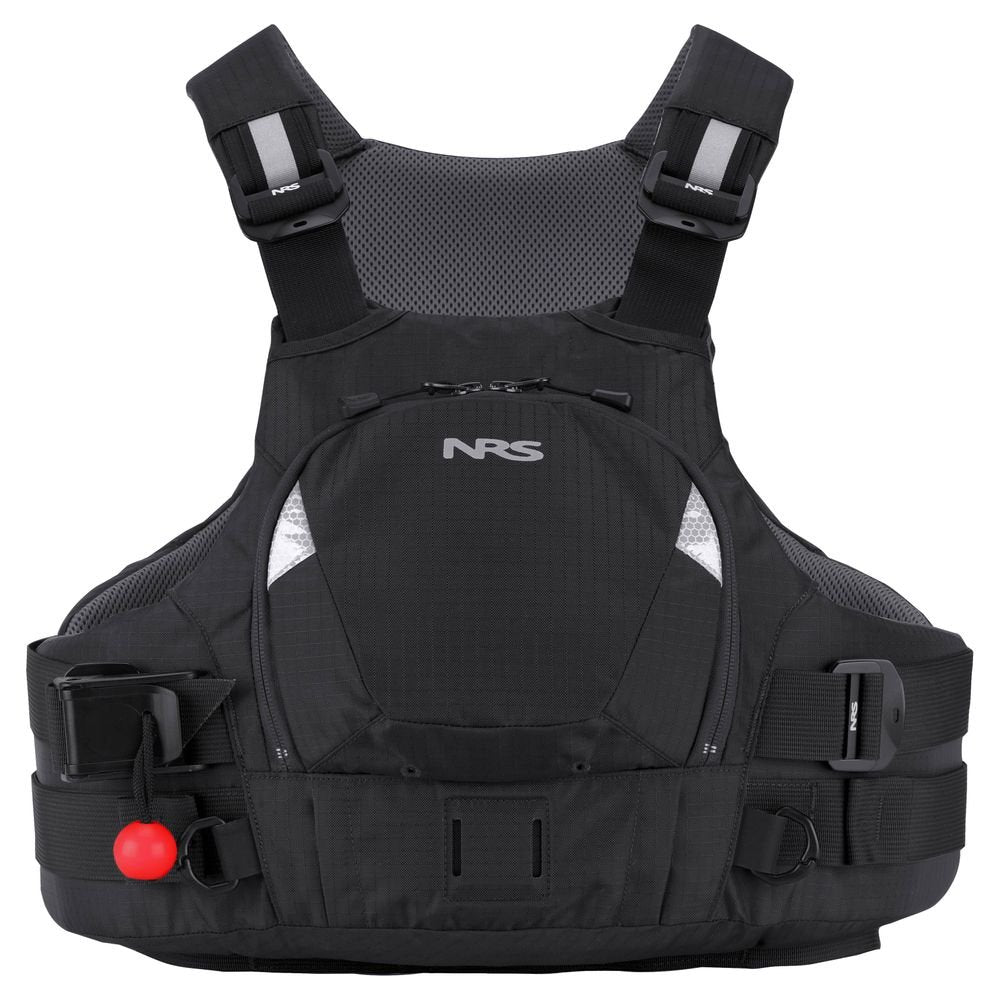
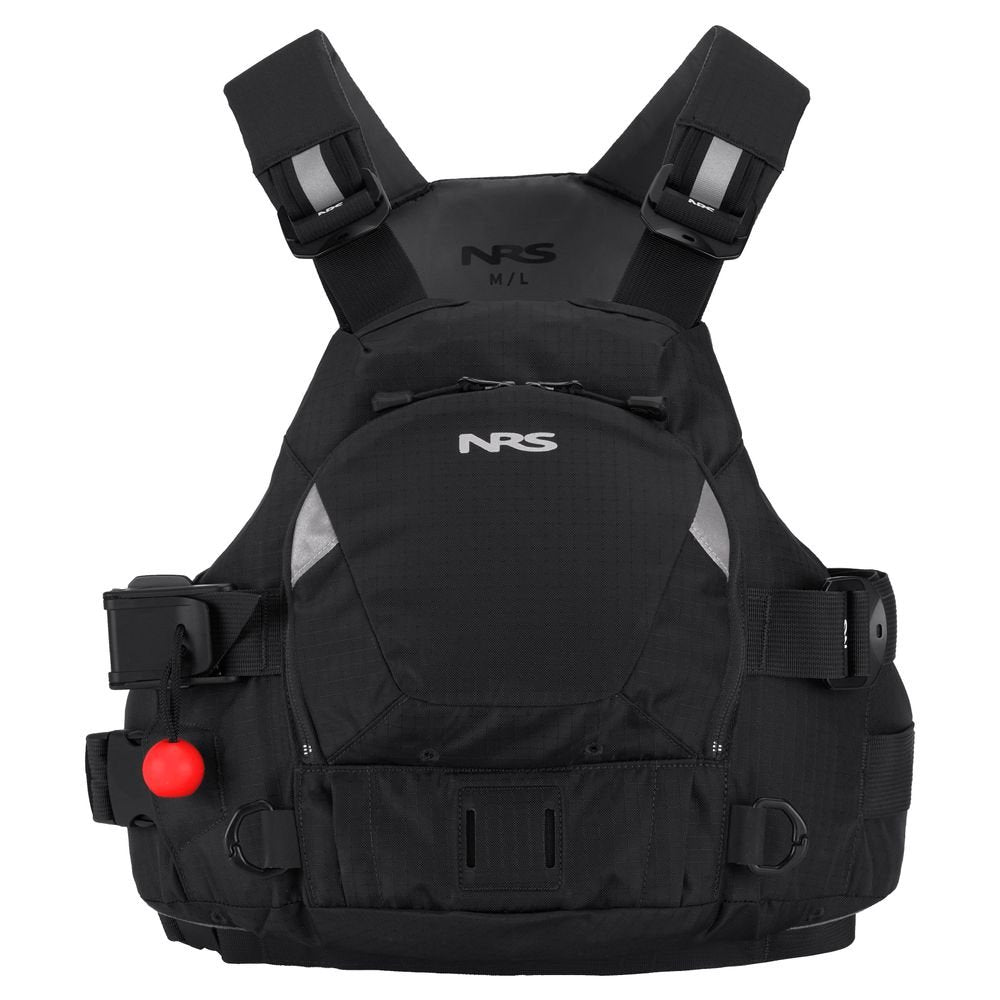
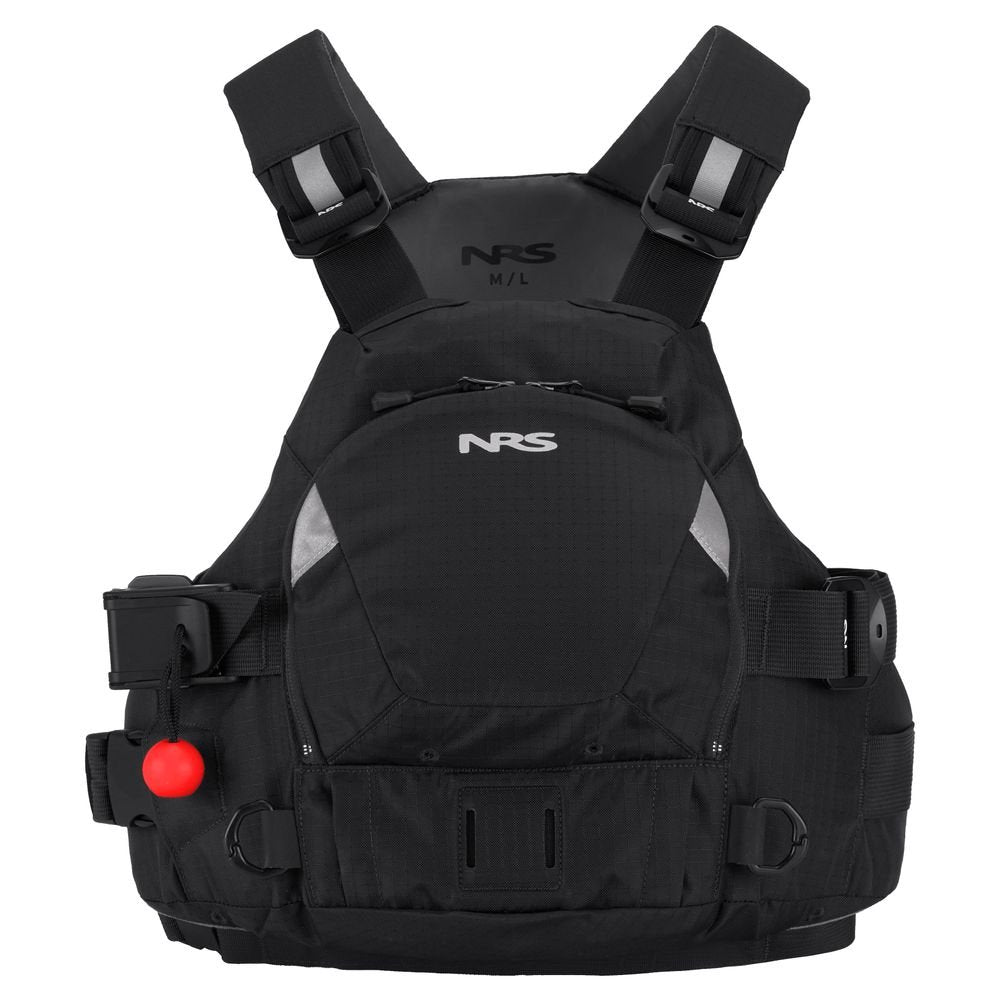
Helmets
Wearing a helmet while kayaking and stand up paddle boarding in whitewater is an absolute necessity. Here at CKS, we argue that wearing a helmet while rafting is also crucial. When paddling whitewater, you are always at risk of hitting your head or face on rocks, paddles, raft frames, ammo cans... you name it!
Kayakers often opt for helmets with visors and full ear protection since they are up close and personal with rocks and boulders. Some rafters, sitting higher up, prefer helmets with large brims for extra sun protection and to save their faces from rogue T-grips or oars.

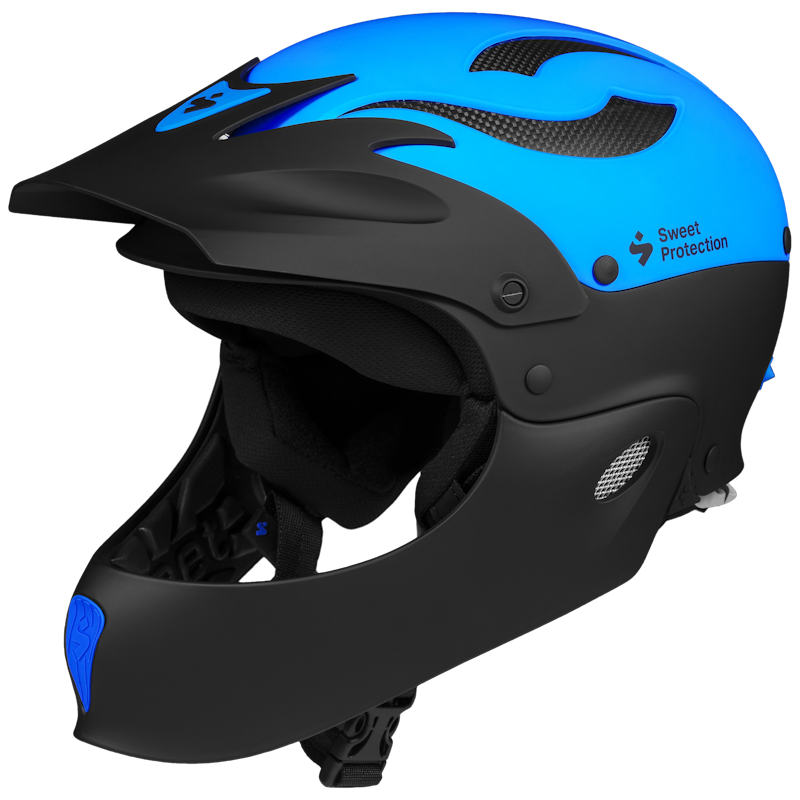
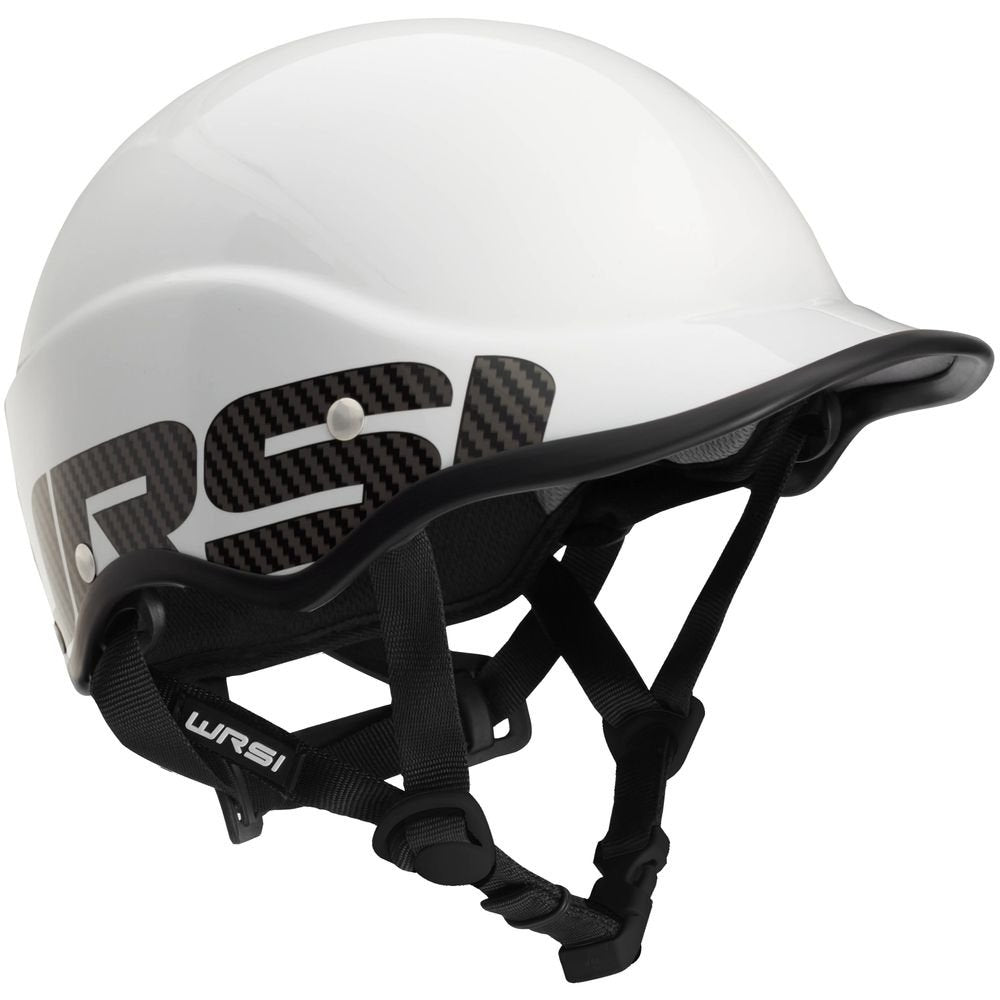
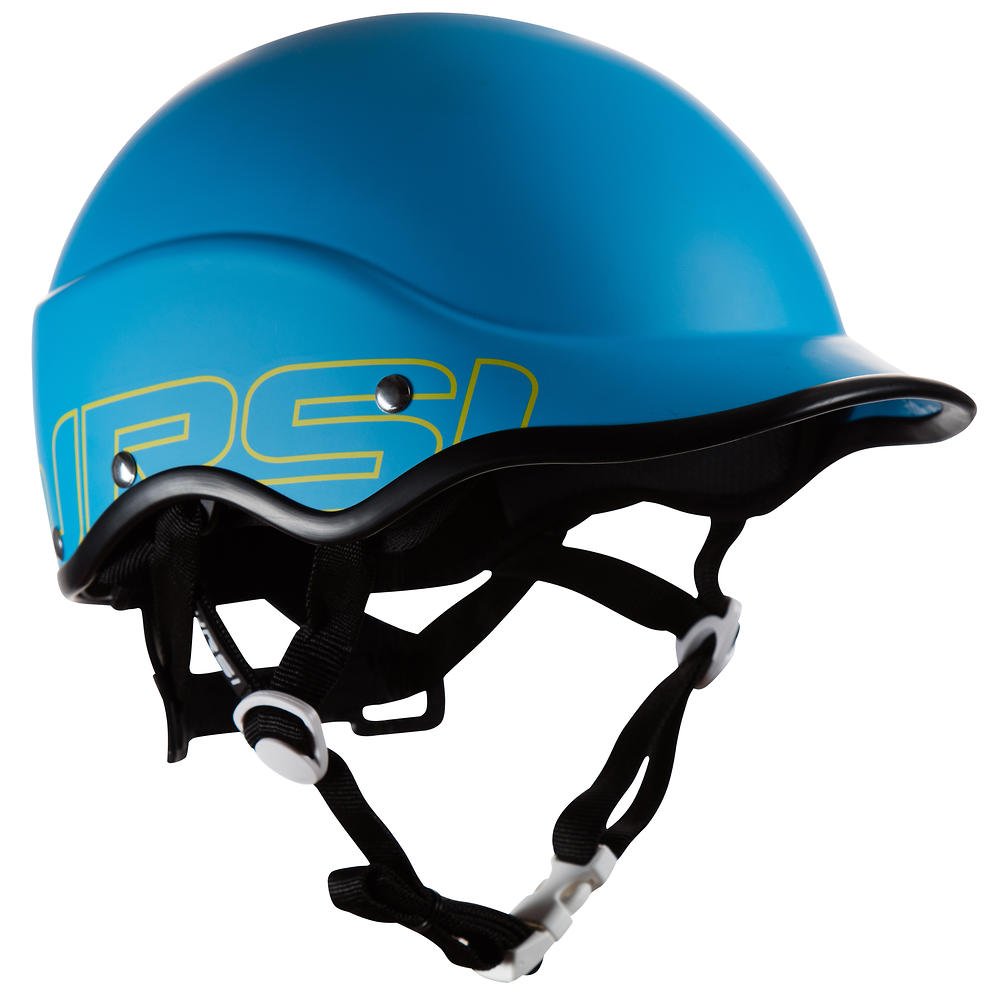
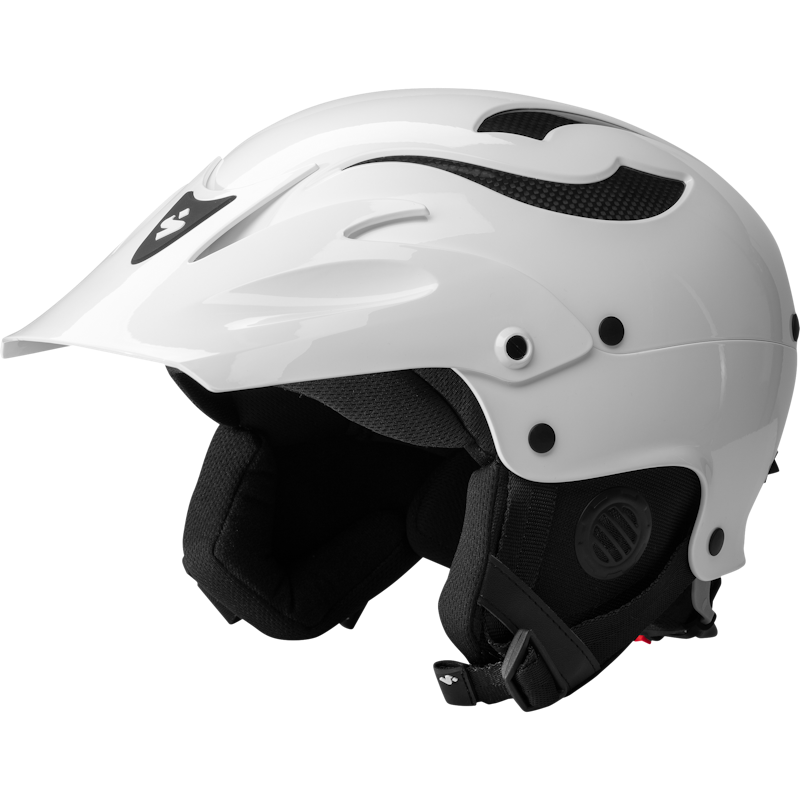
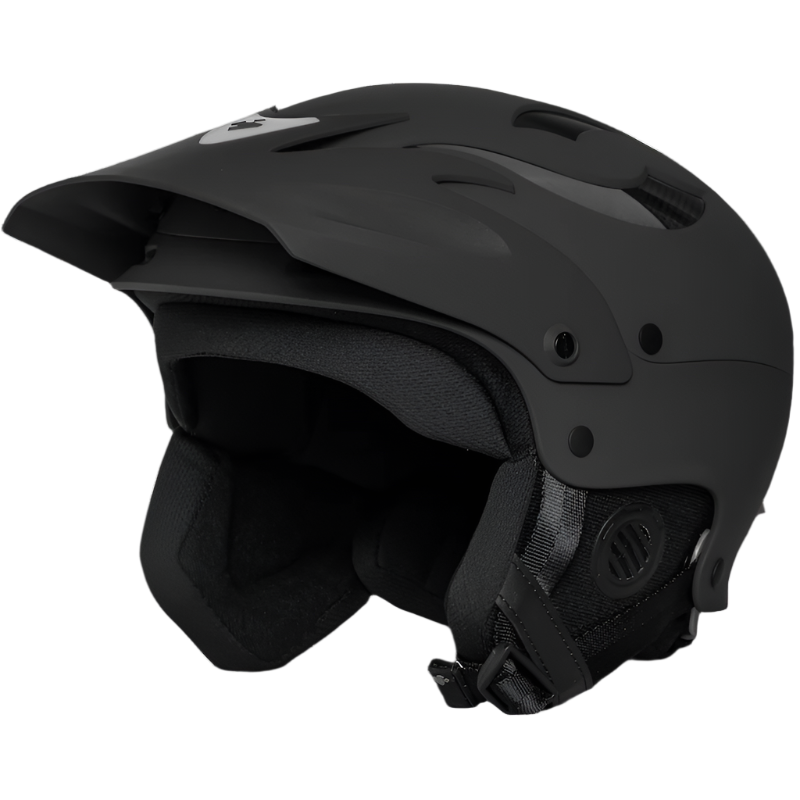
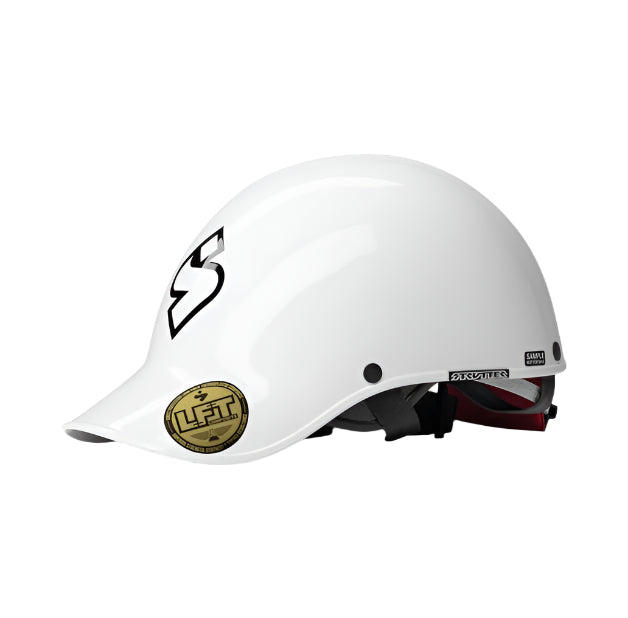
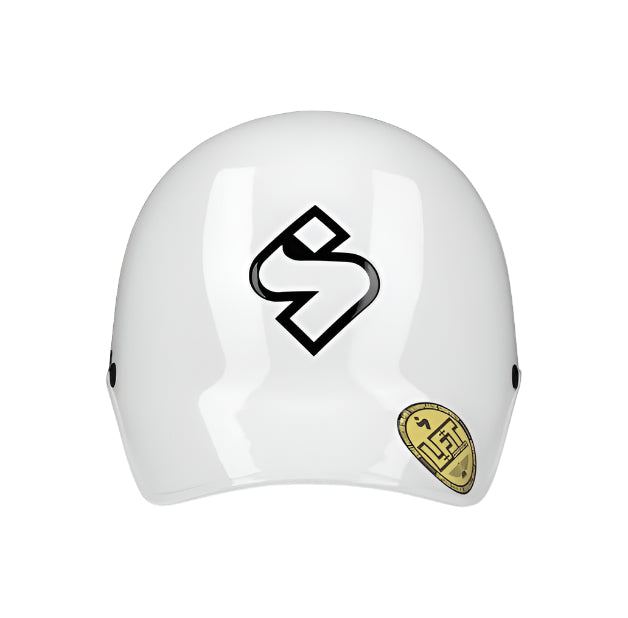
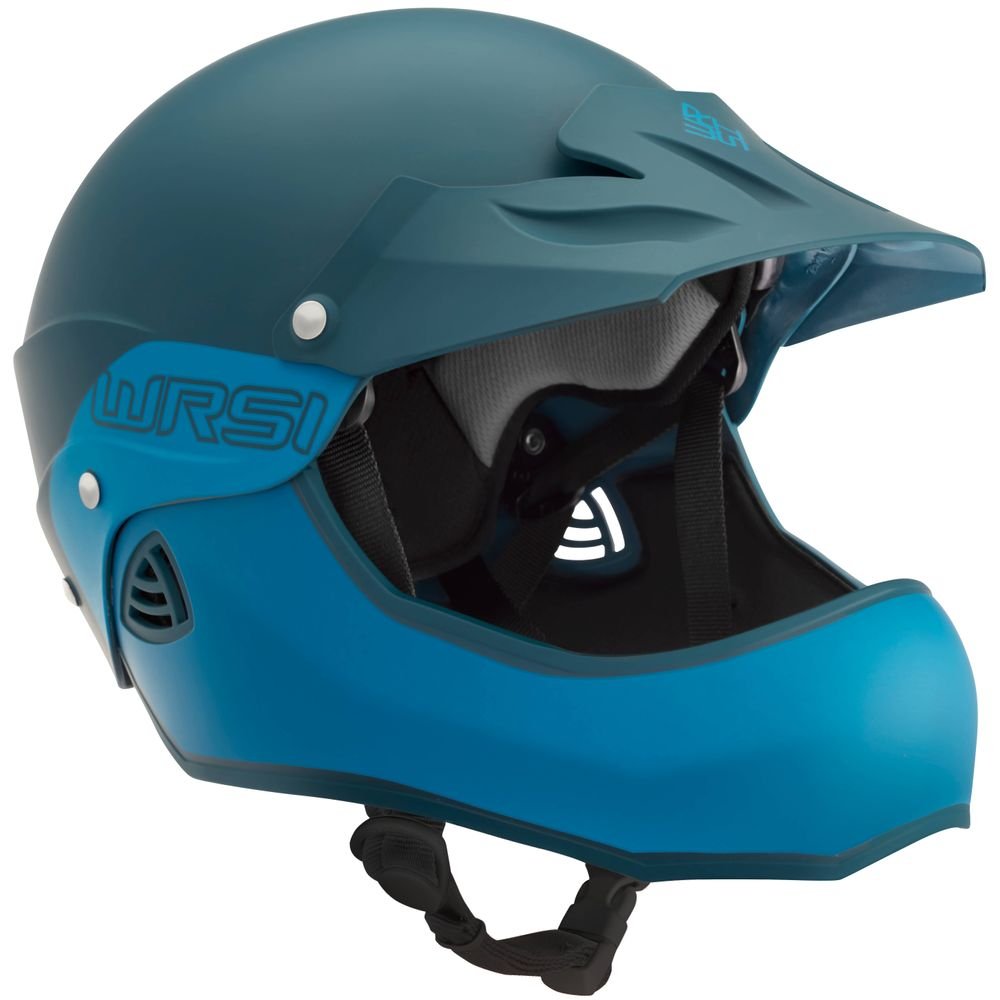
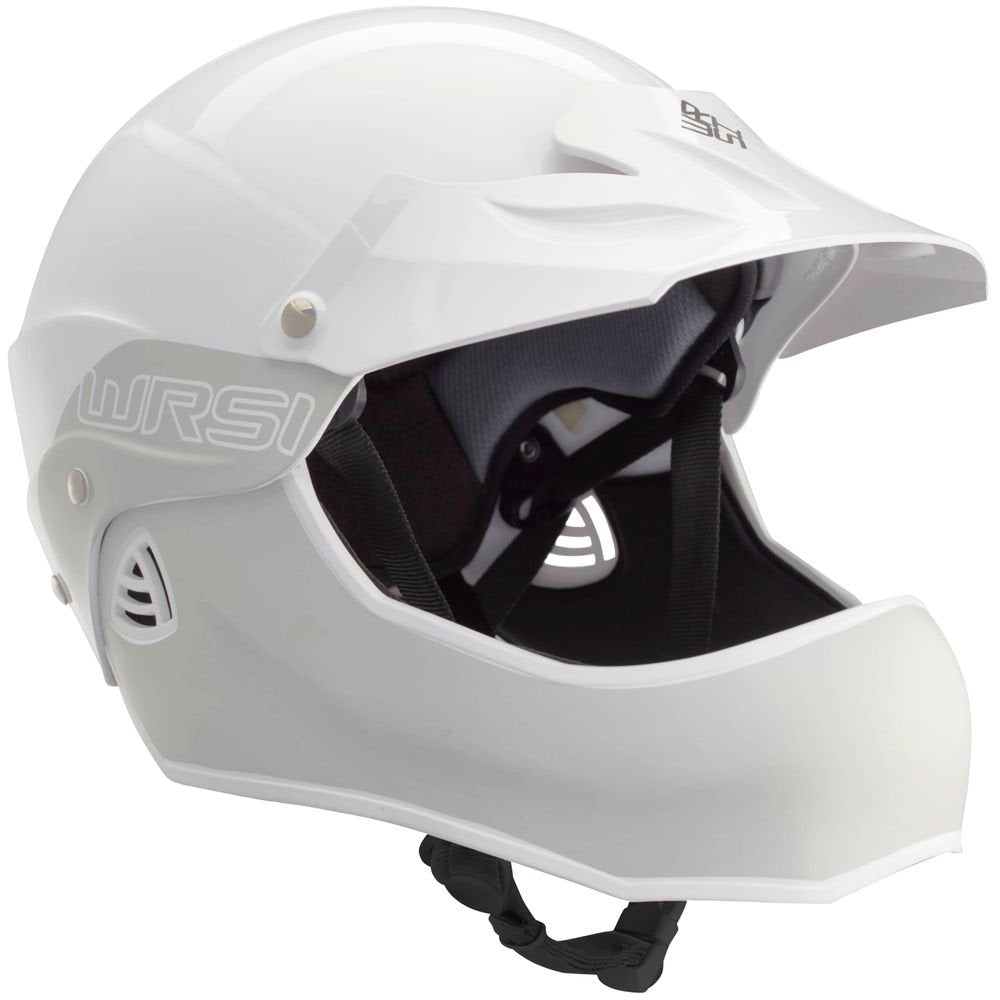
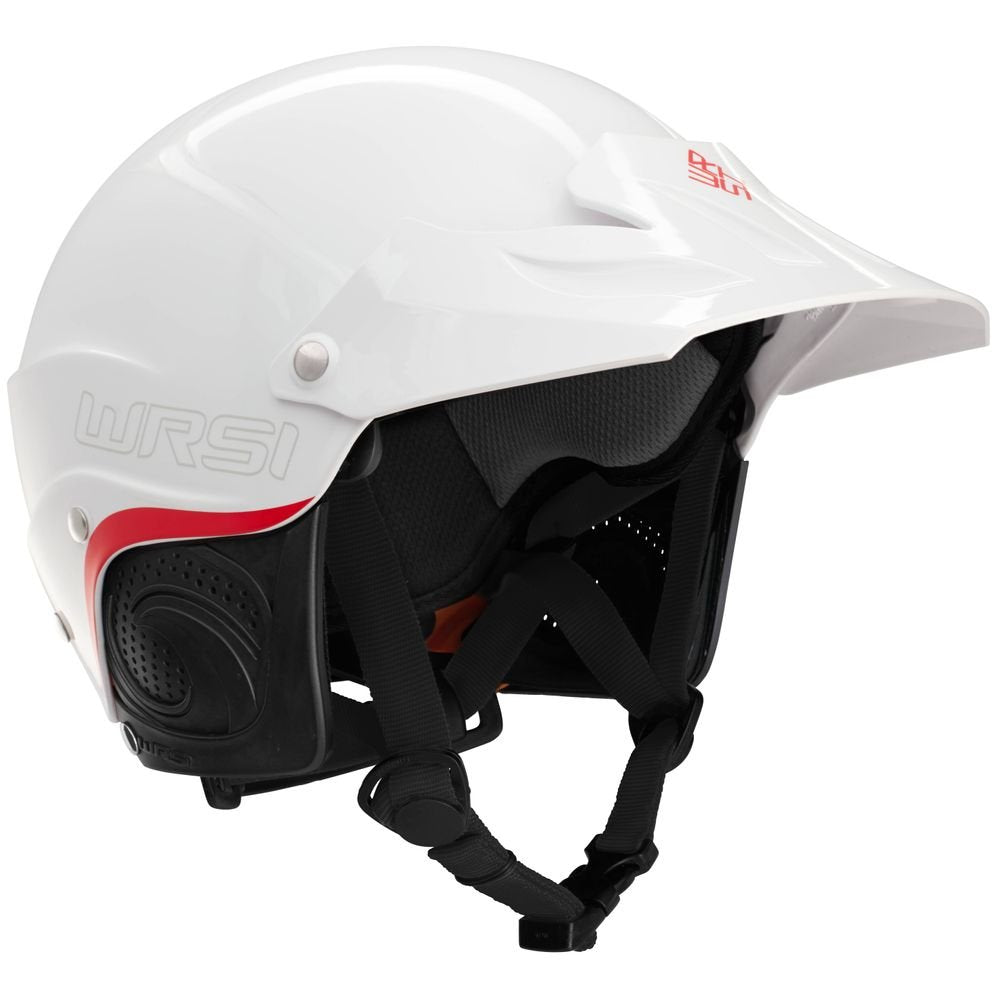
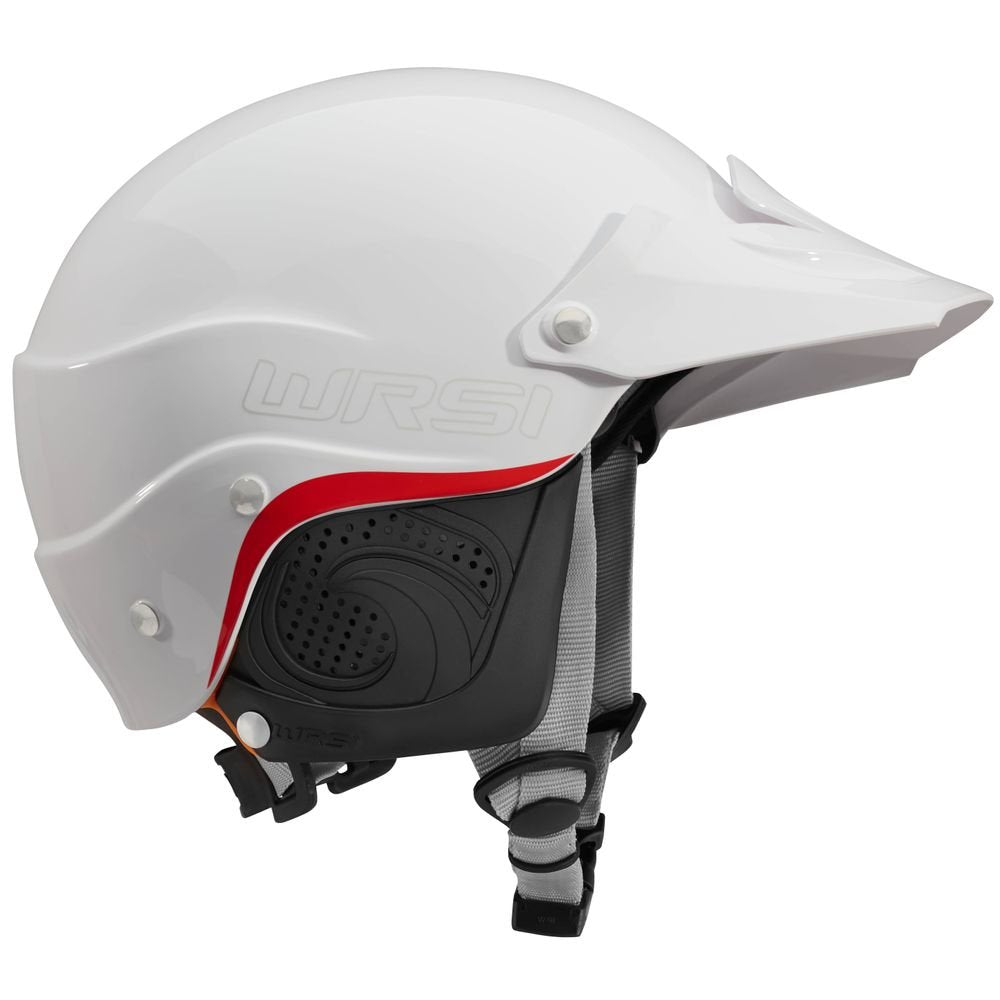
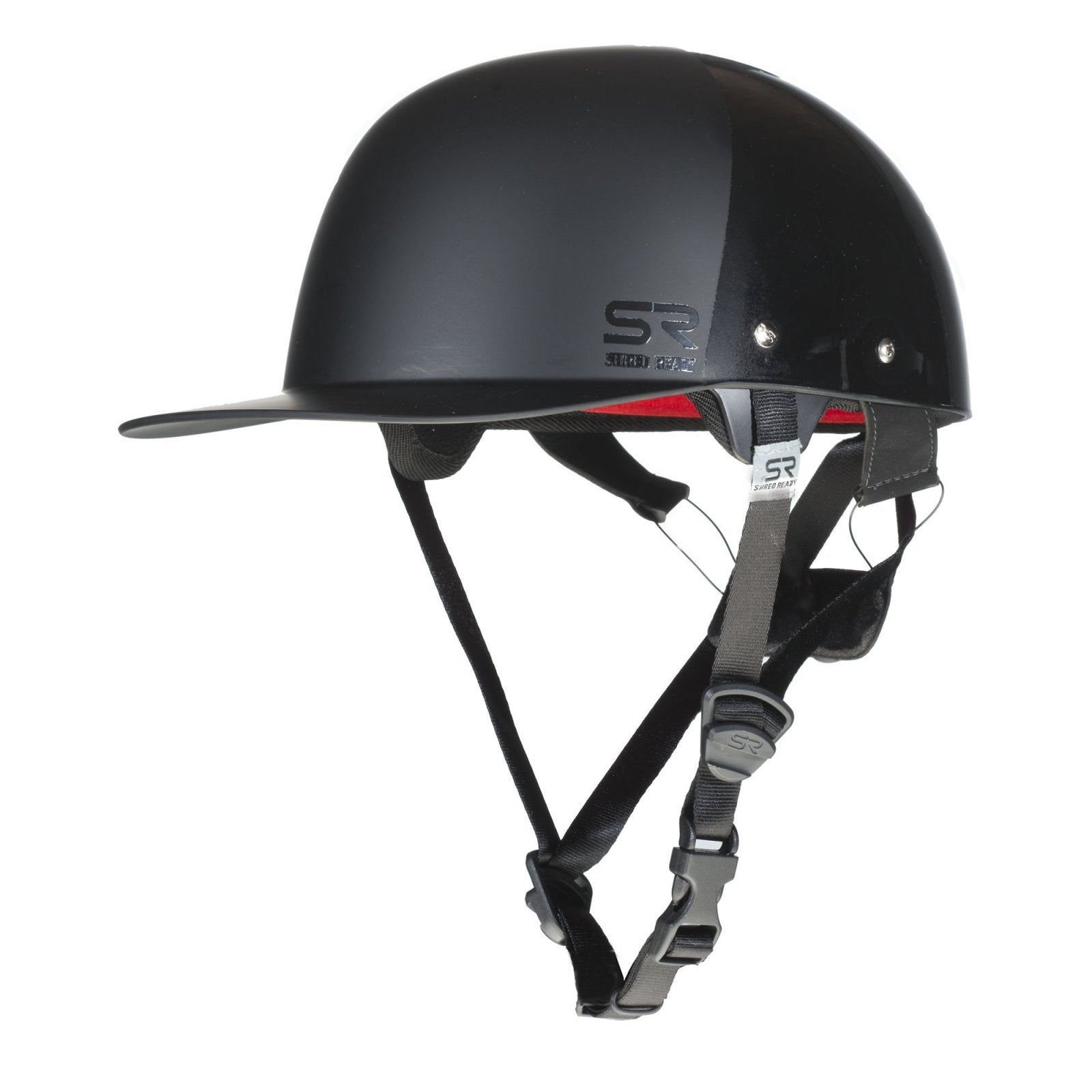
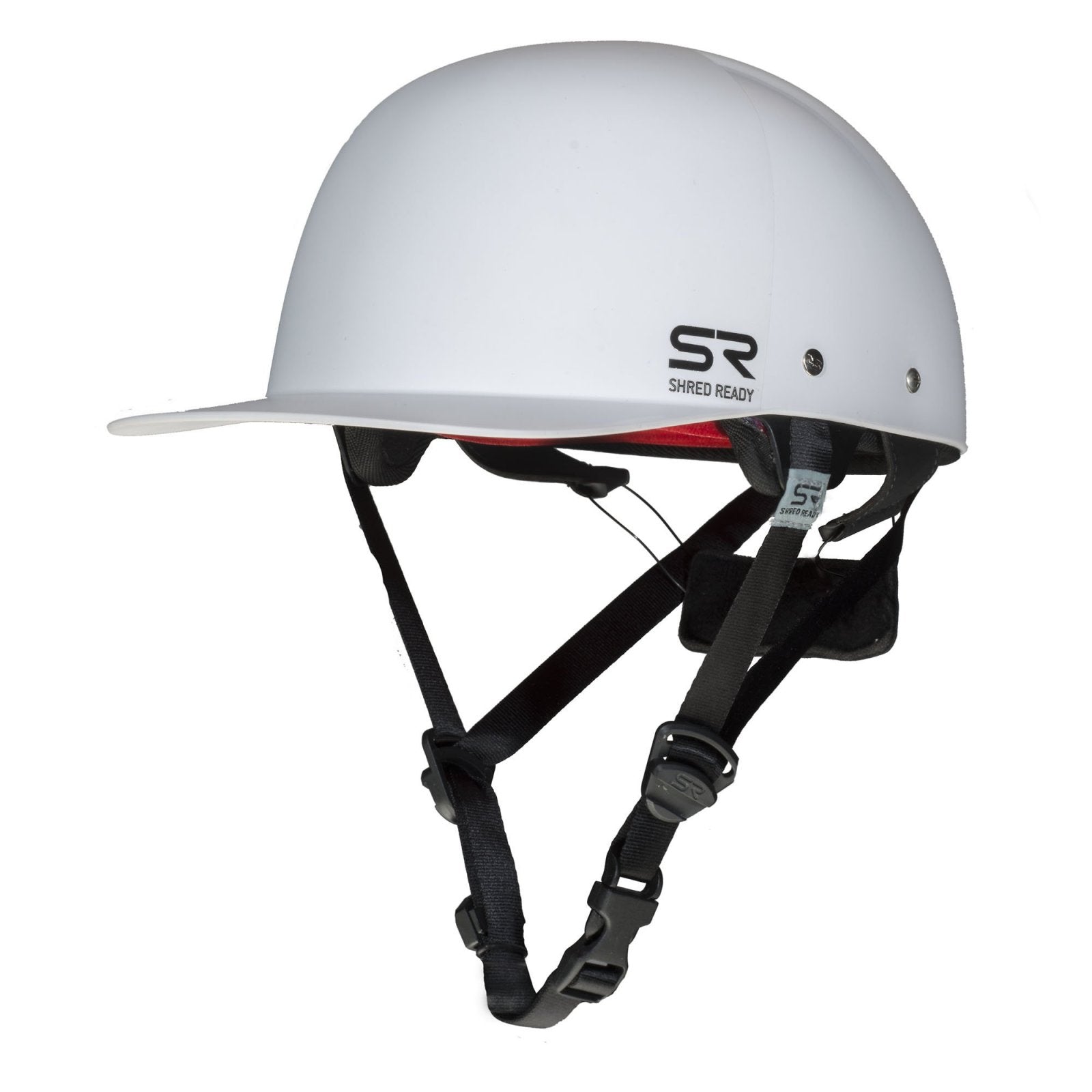
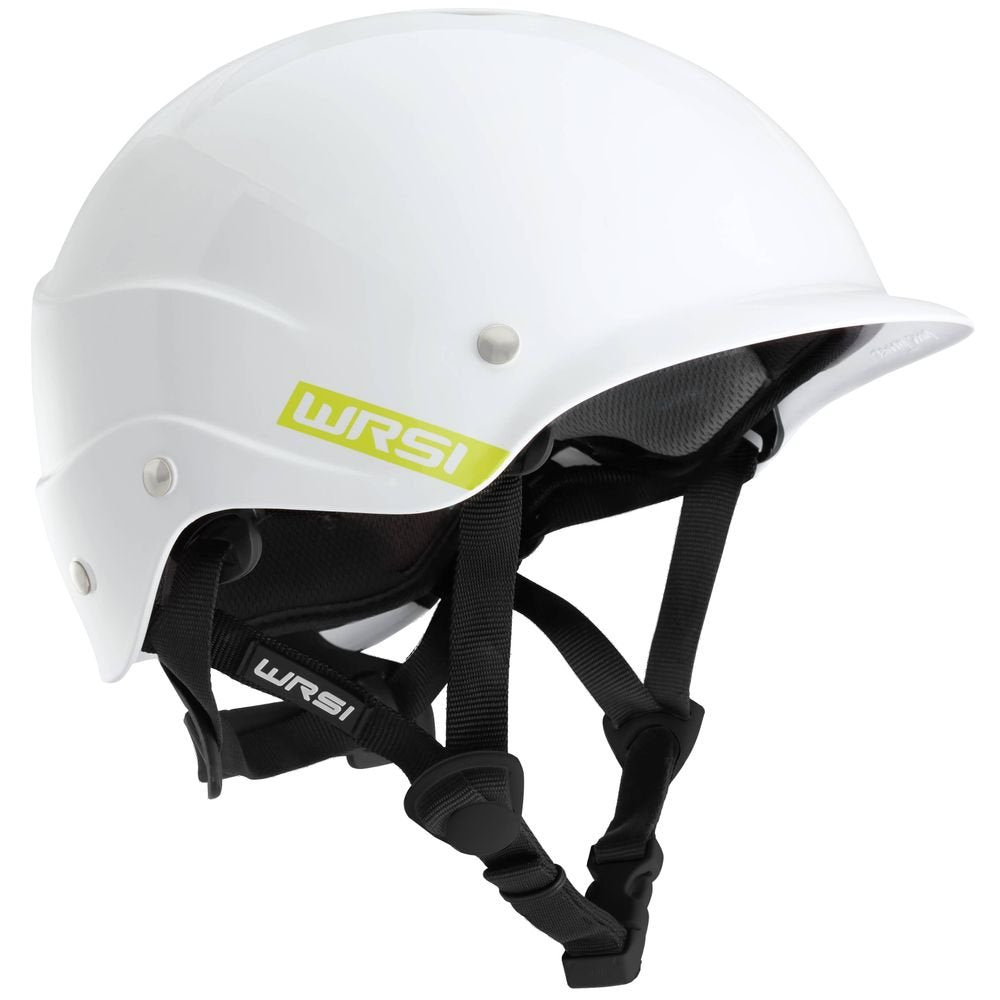
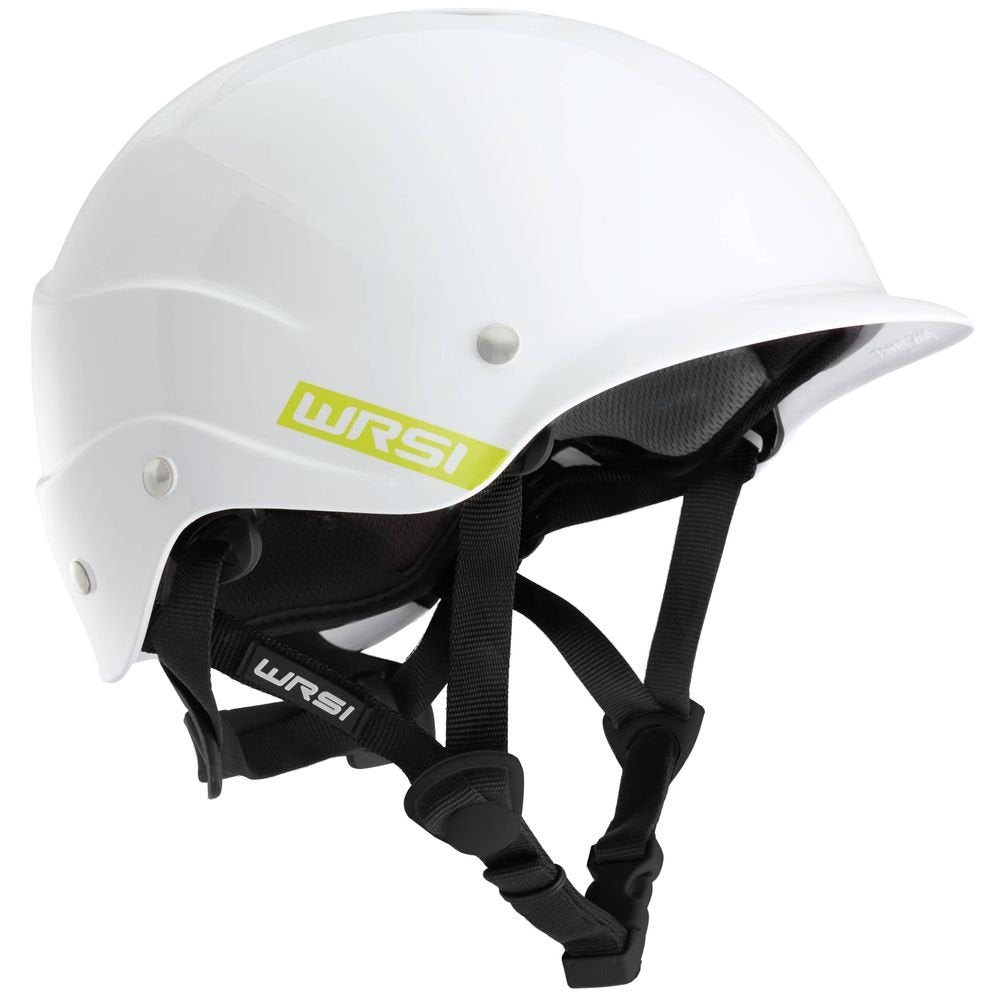
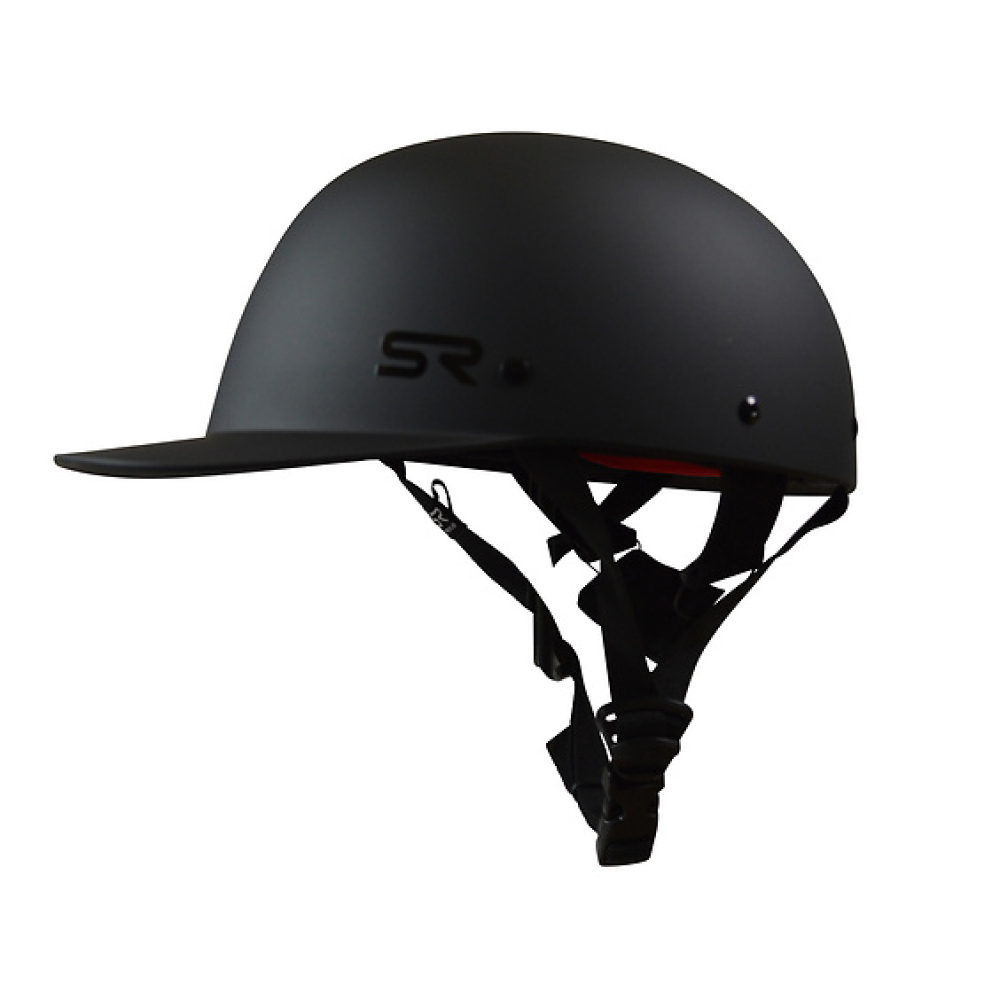
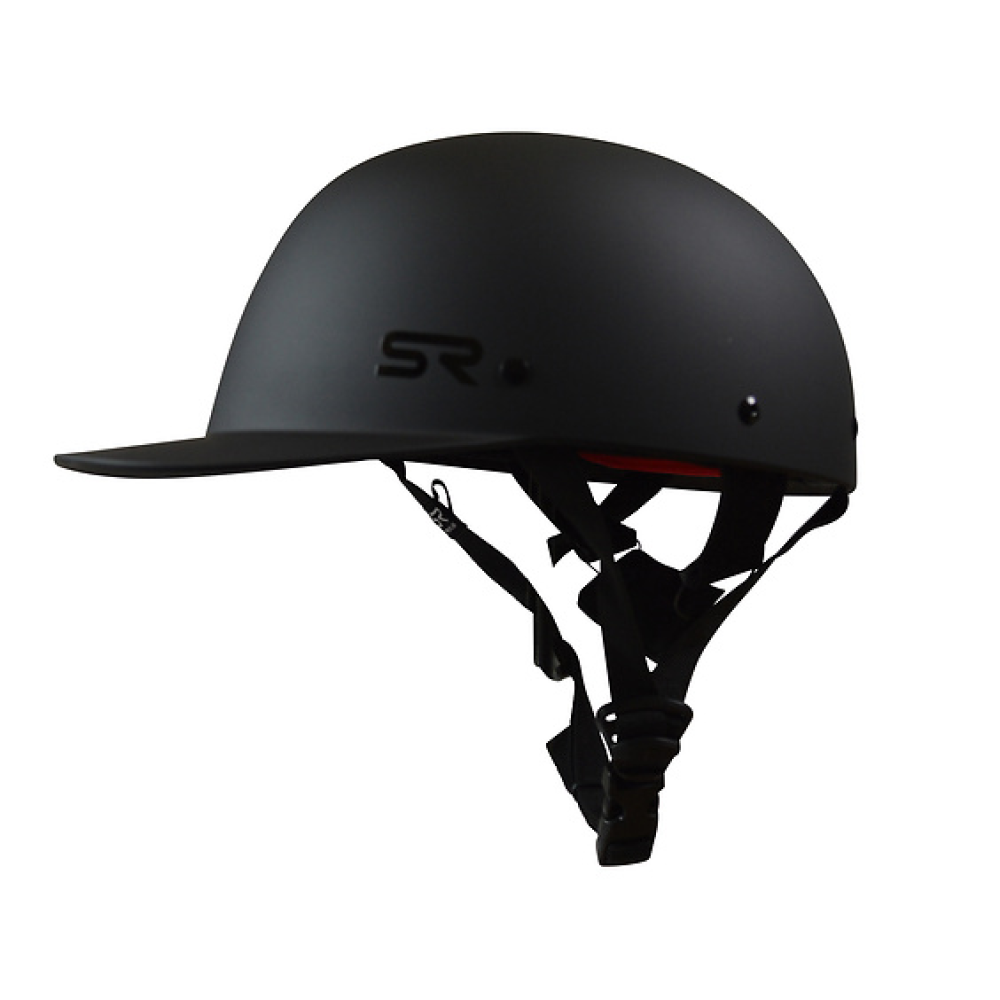

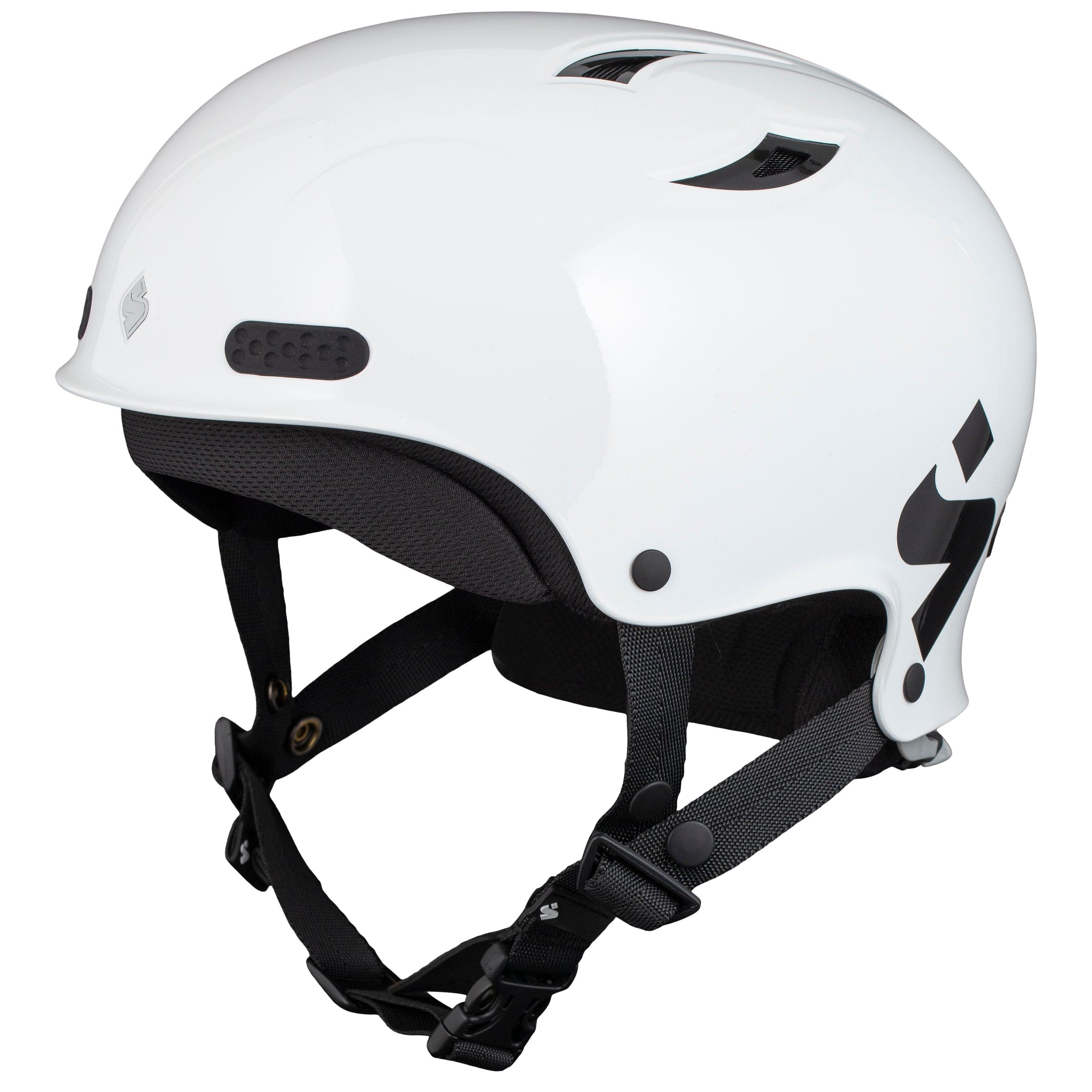
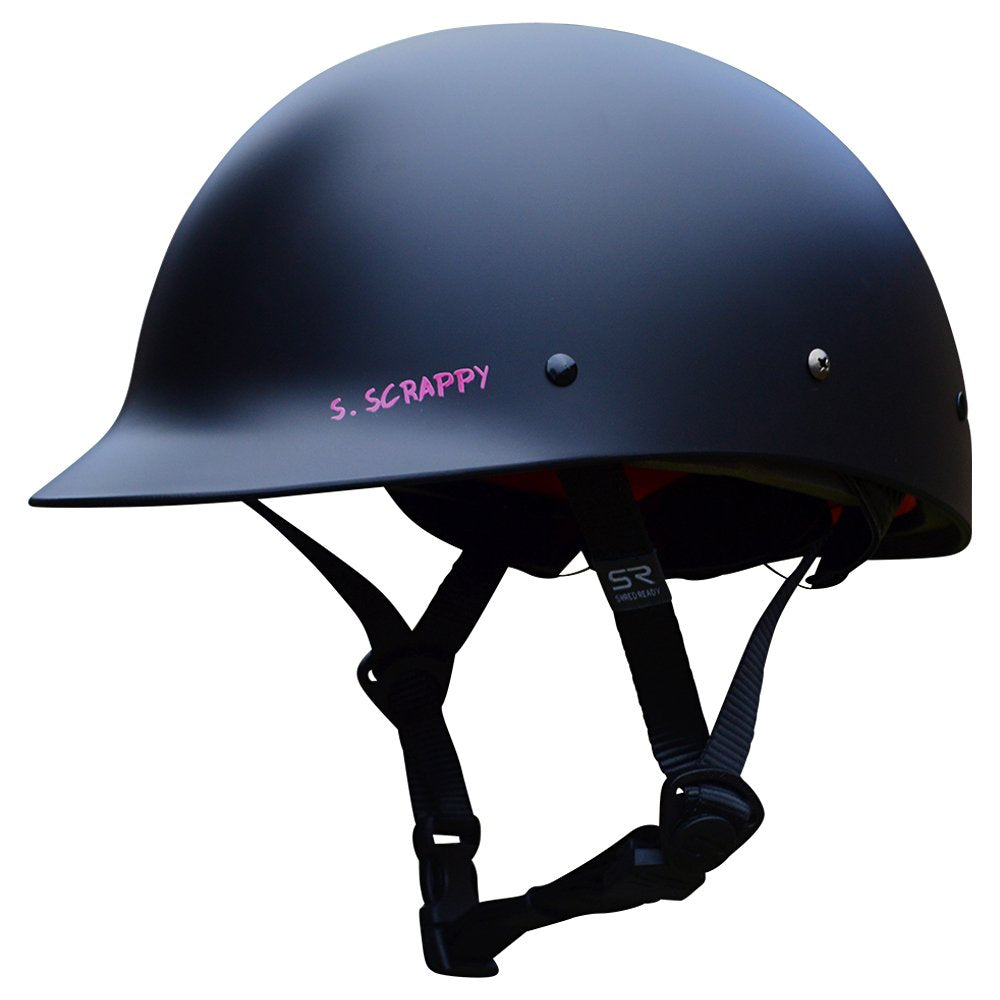
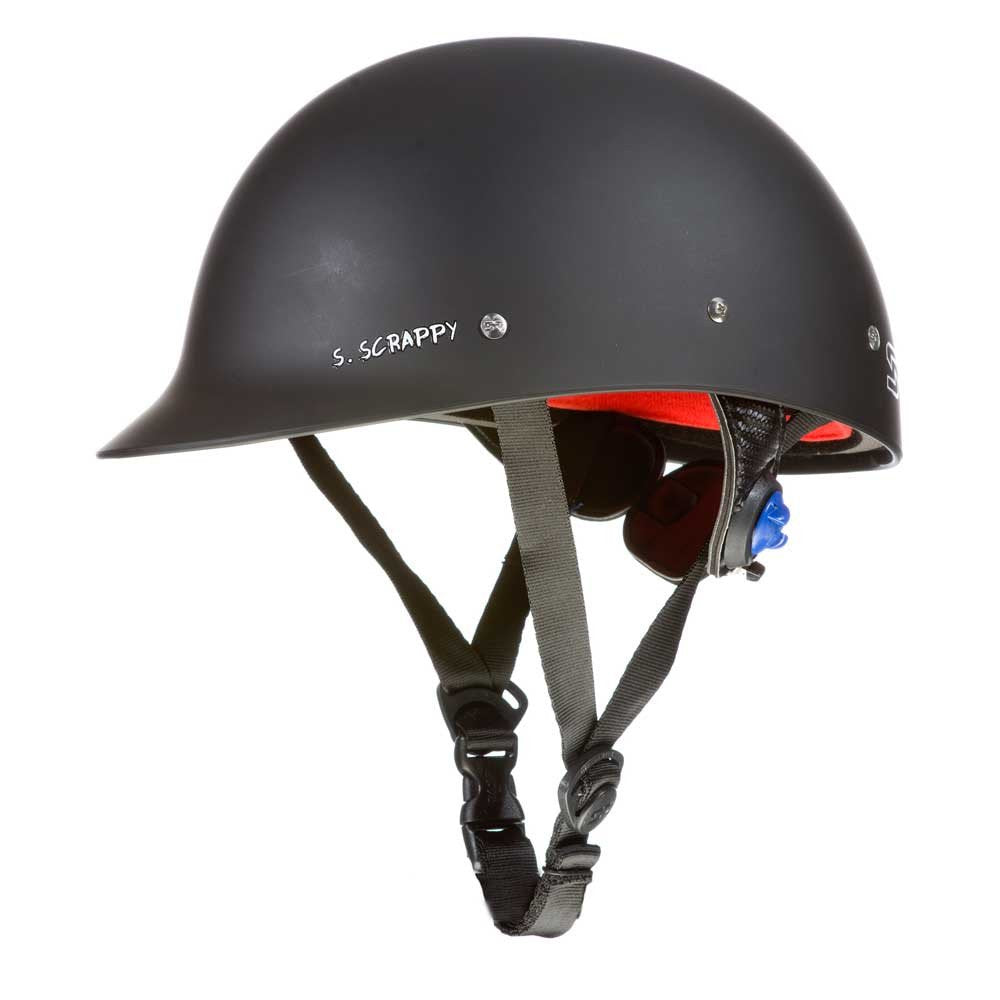
Next Up: Ropes + Knives
You can't have one without the other! If you choose to paddle with a throwbag, in addition to knowing how to use it properly, you must have a knife in or on your PFD that is quick and easy to access. Ropes that are used improperly have the potential to become the most dangerous thing in the river!
We recommend carrying at least one throw bag per craft in your crew. A good rule of thumb is to carry throw bags with rope at least as long as the width of the river you are on. Make sure to practice your throw bag skills (hitting targets, throwing coiled rope, quickly repacking...) with your group several times throughout the season. It's a super fun way to unwind or get competitive at camp! And remember... if you don't use it, you lose it.
You should also be careful to not use your river knife for anything other than cutting rope. We're all guilty of it, but when push comes to shove, you don't want to find out your knife blade has been dulled by all of the meat and cheese you've cut up for snacks!
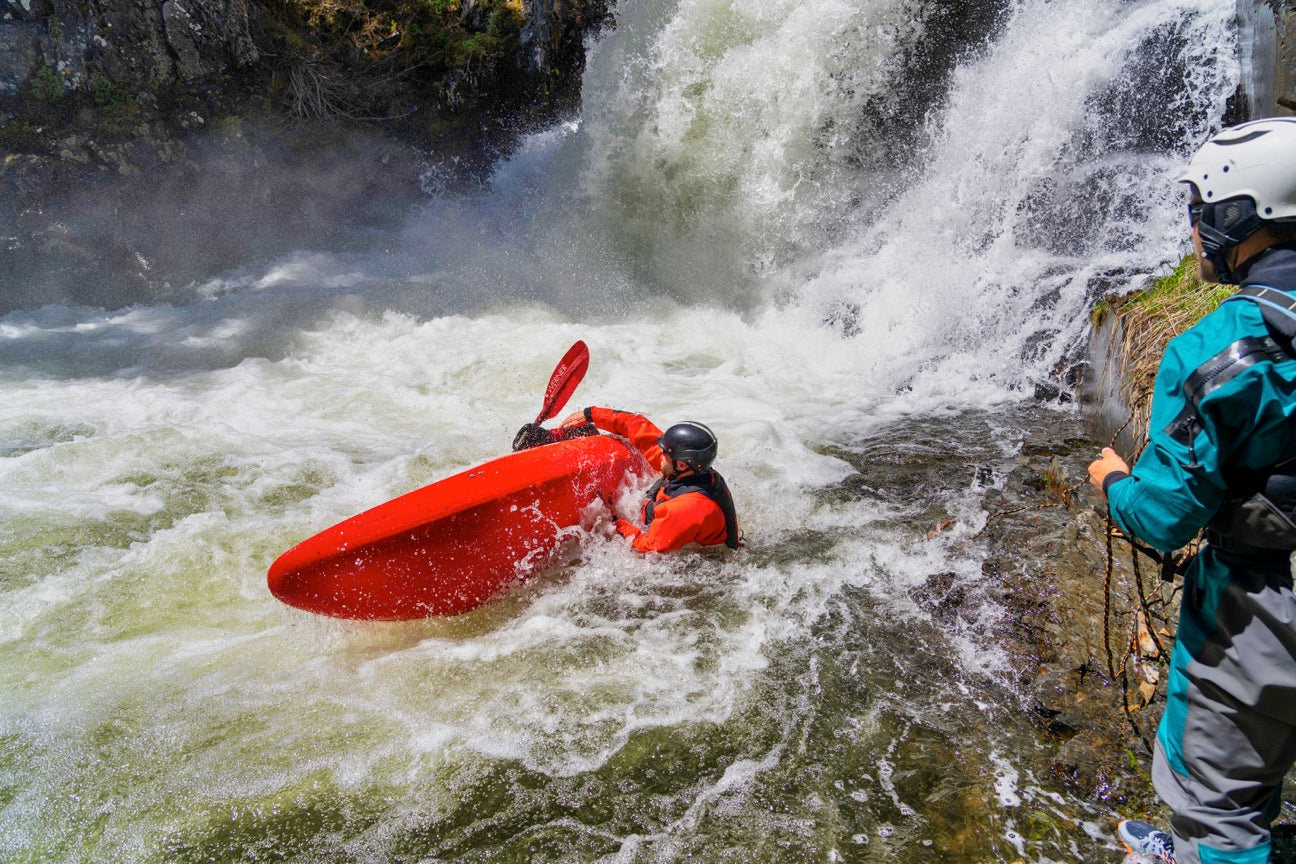
Throw Bags
You may be asking yourself "Why are there so many throw bags to choose from? Isn't it just rope?!" Throw bags come in all shapes, lengths, and materials. For instance, Polypropylene ropes float well and are dynamic, making them a great option for rescuing swimmers. Spectra ropes are more static, allowing them to perform better in small-craft pin scenarios.
Kayakers often opt for more compact options that can fit in their boat, while rafters have the luxury of space and often opt for larger bags that are easier to repack. The best throw bag for you is the one you are most comfortable throwing, and throwing accurately. If you are in the market, consider trying out your friends' bags first to see which one you like best.
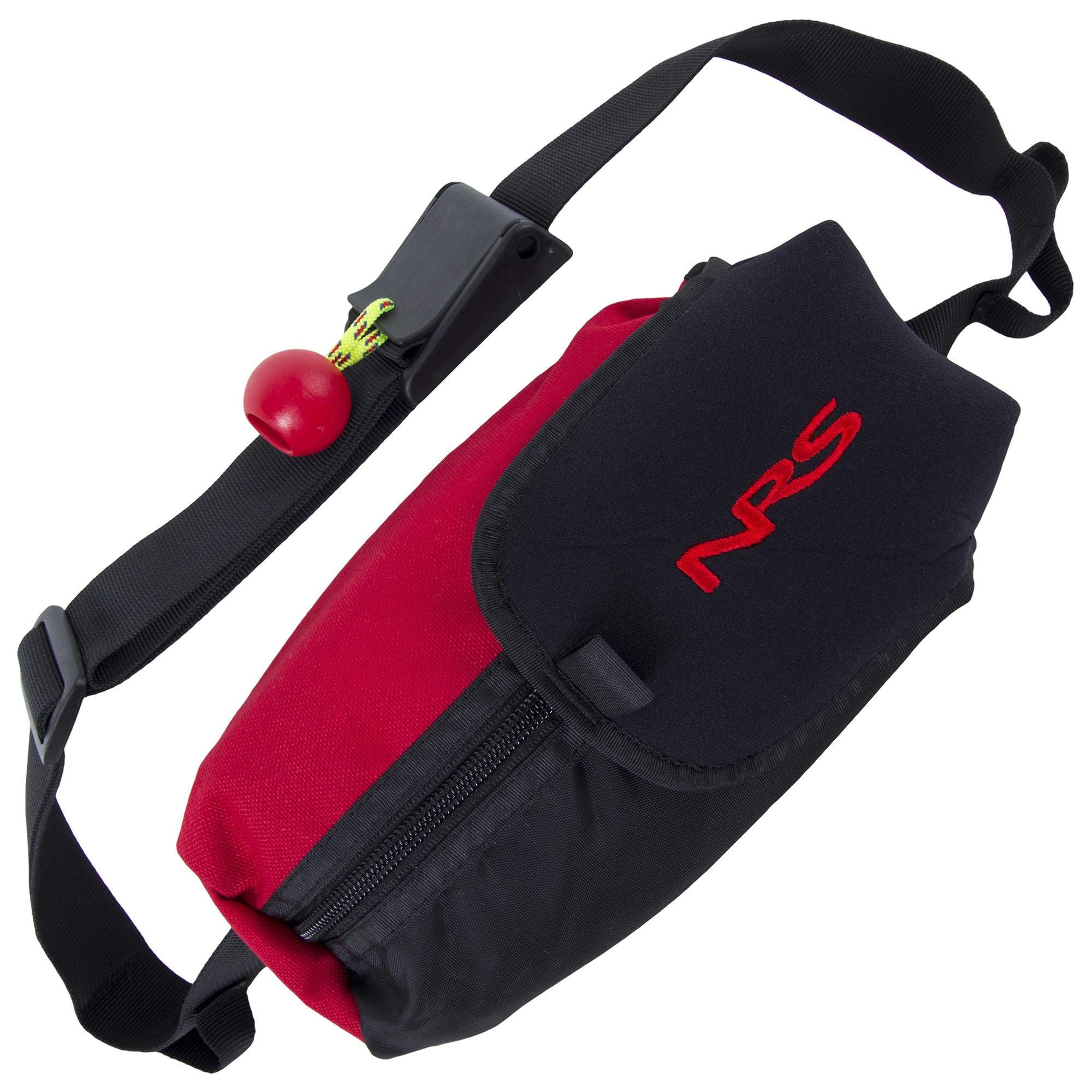
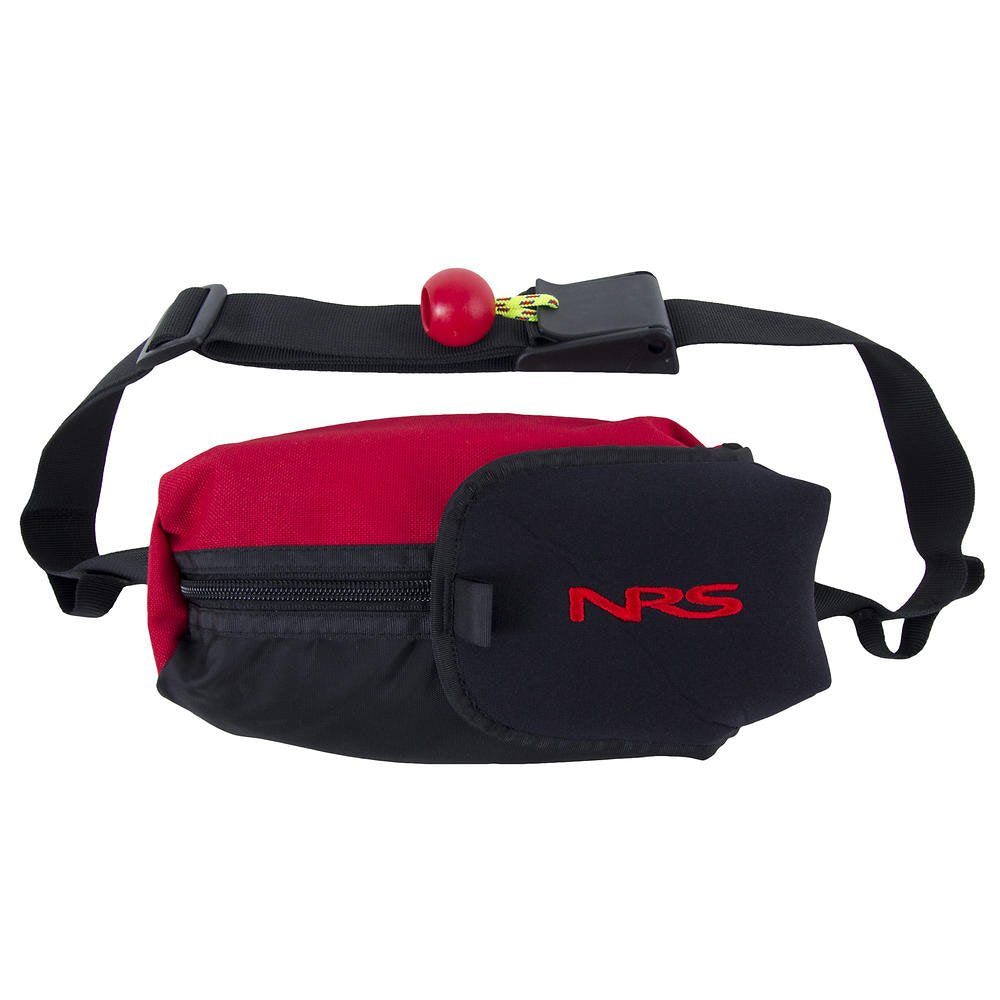
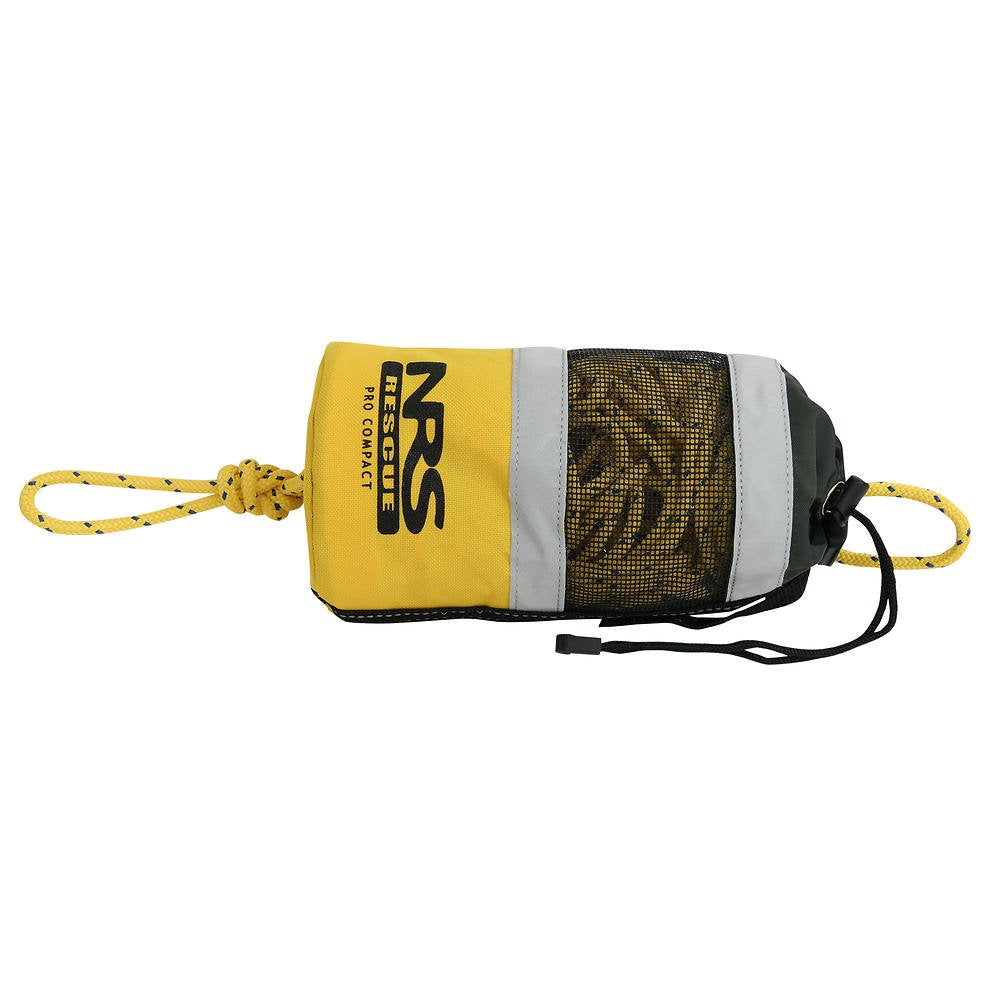
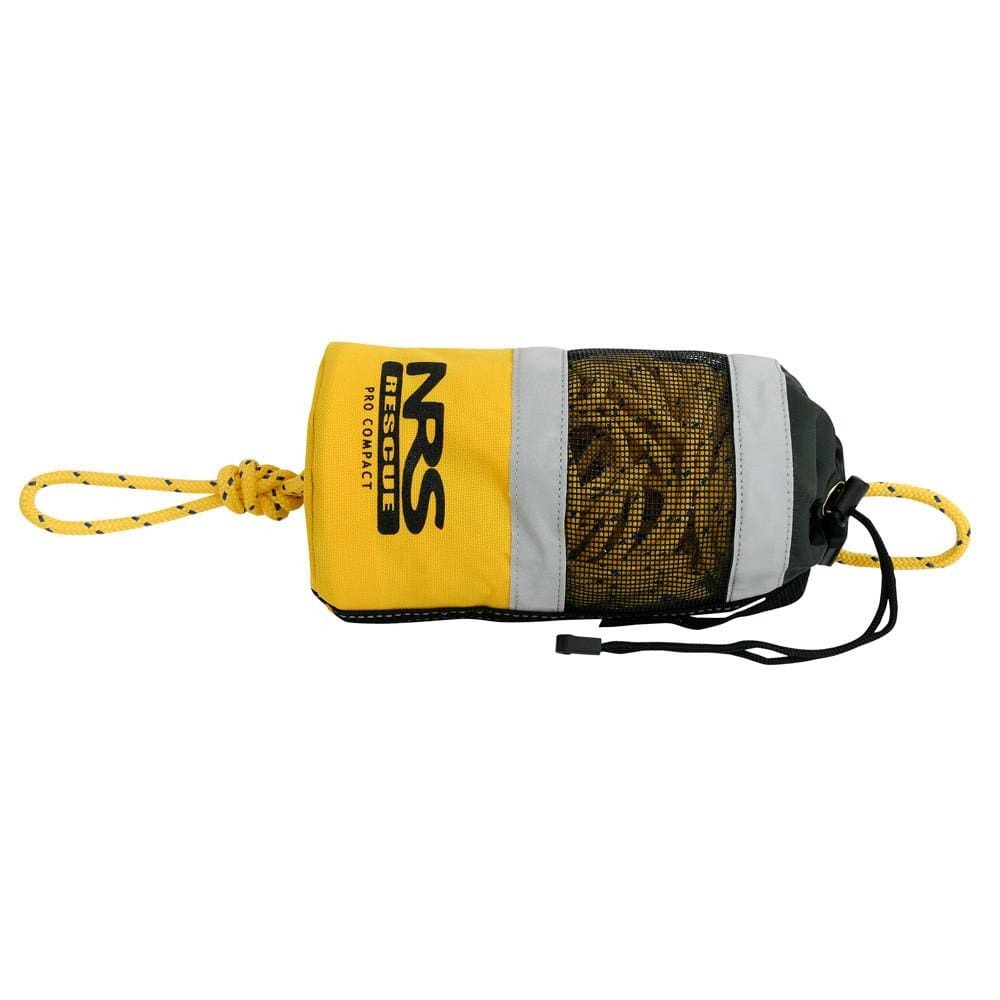
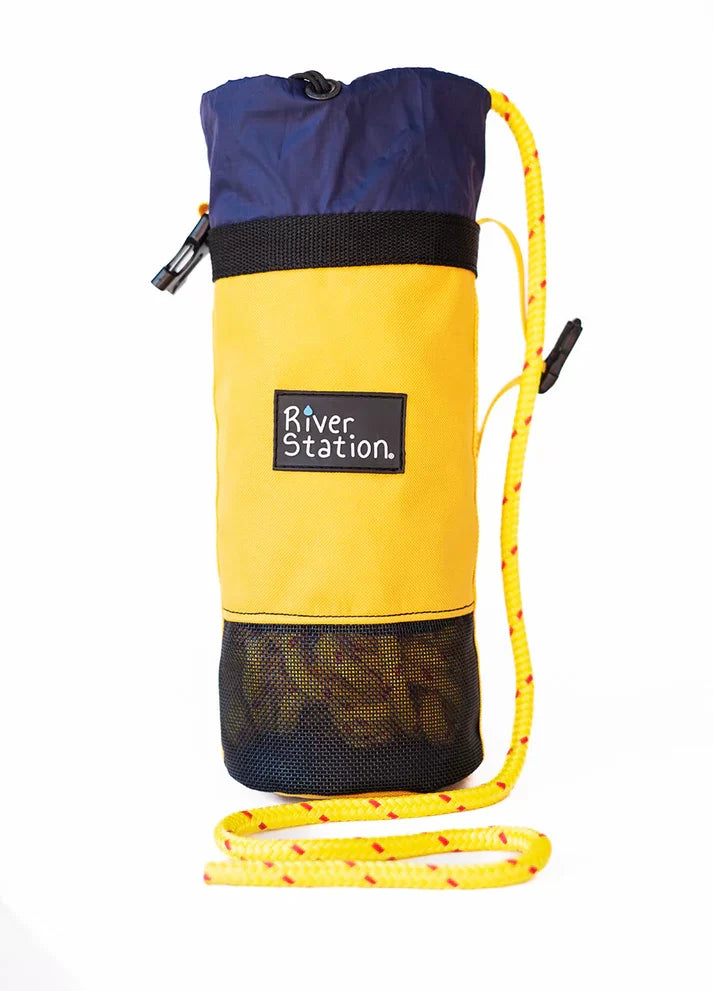
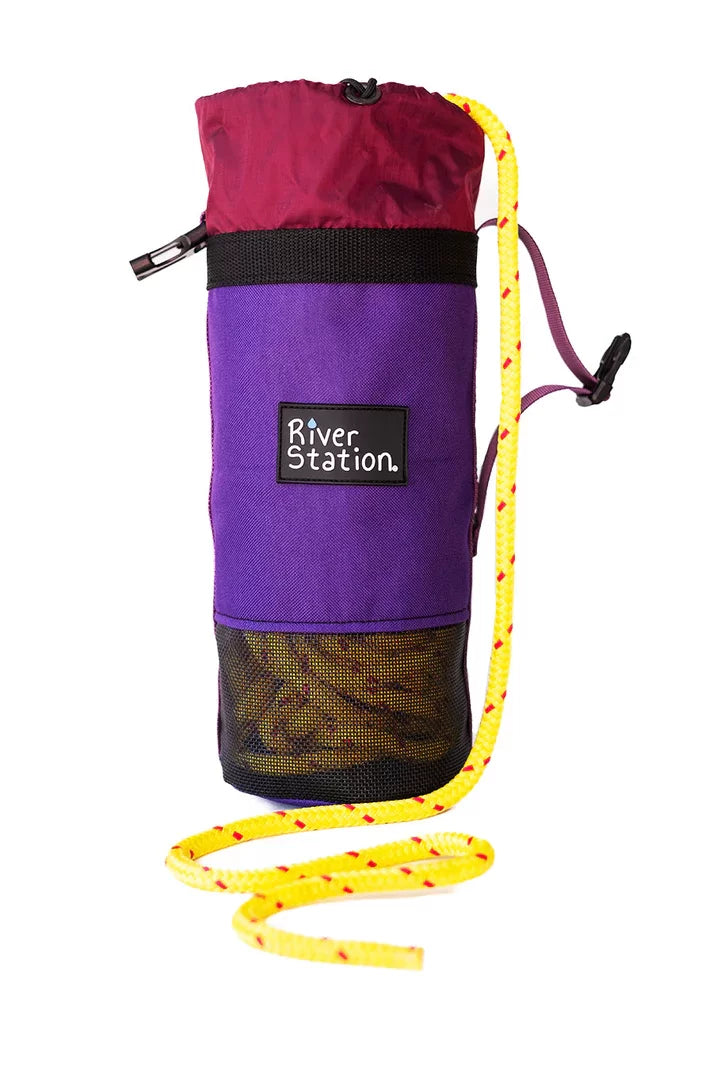
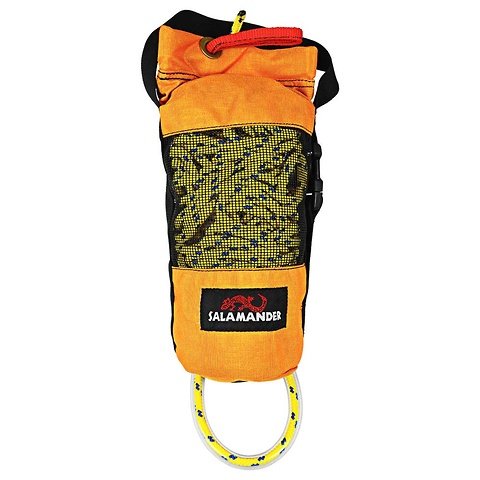
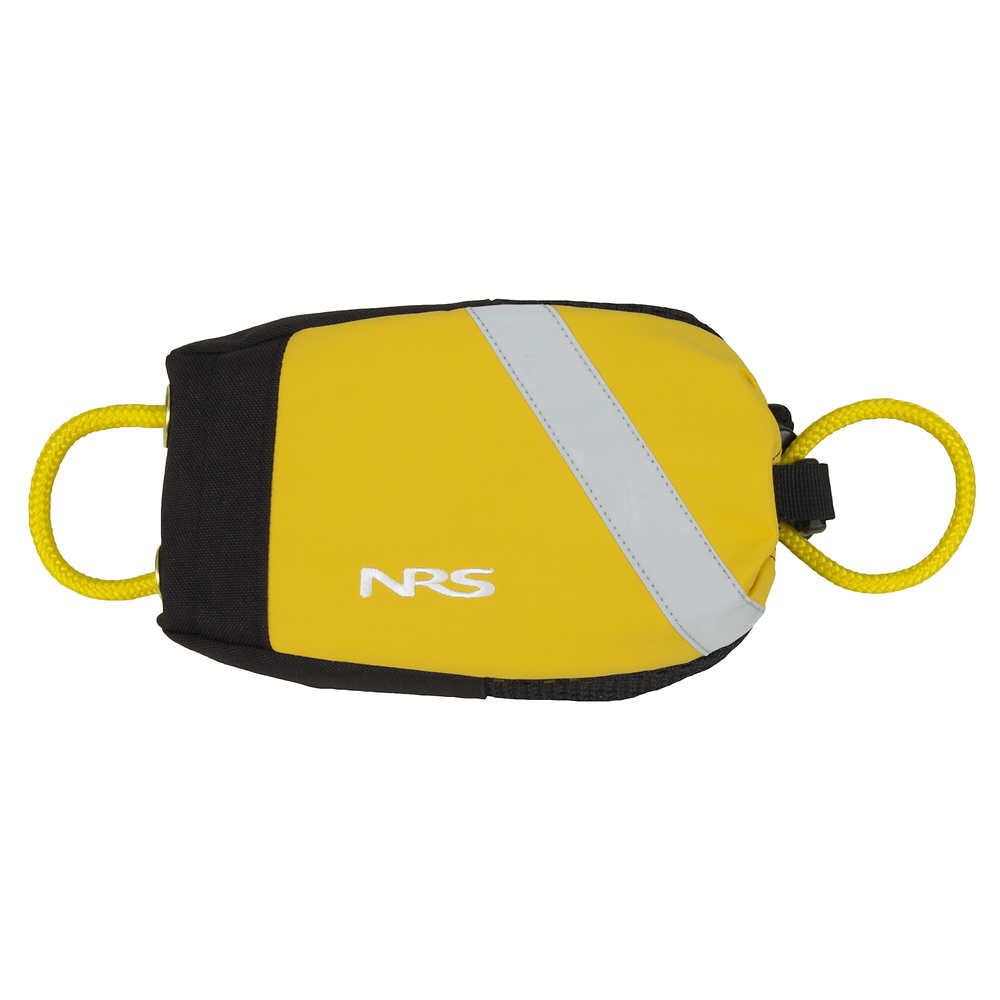
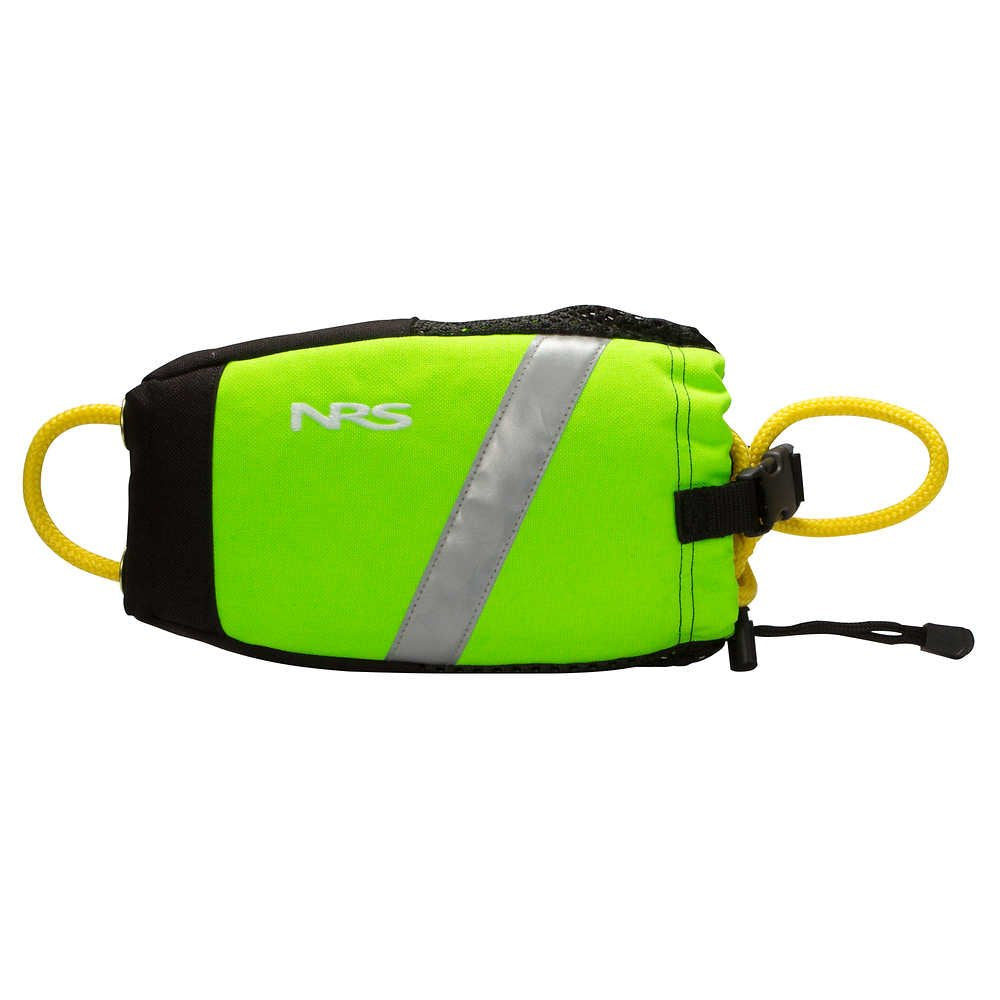



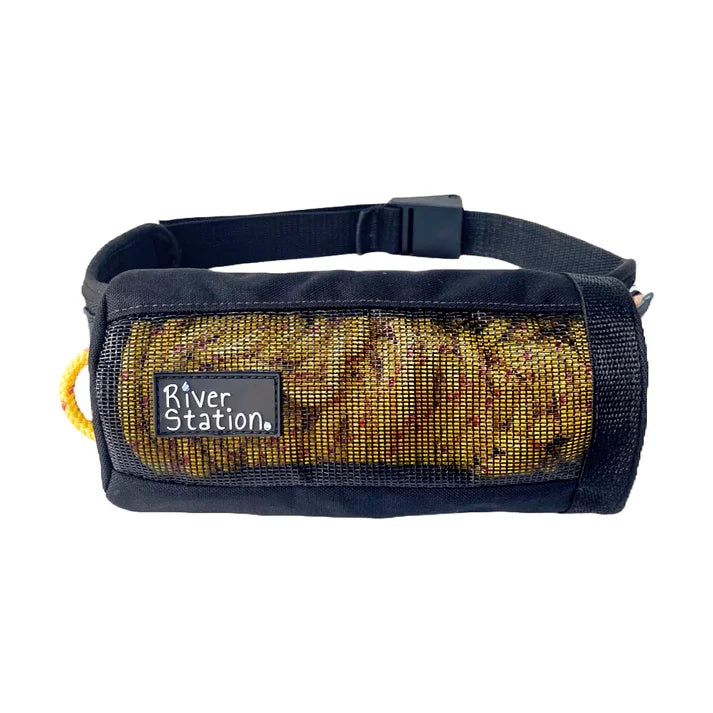
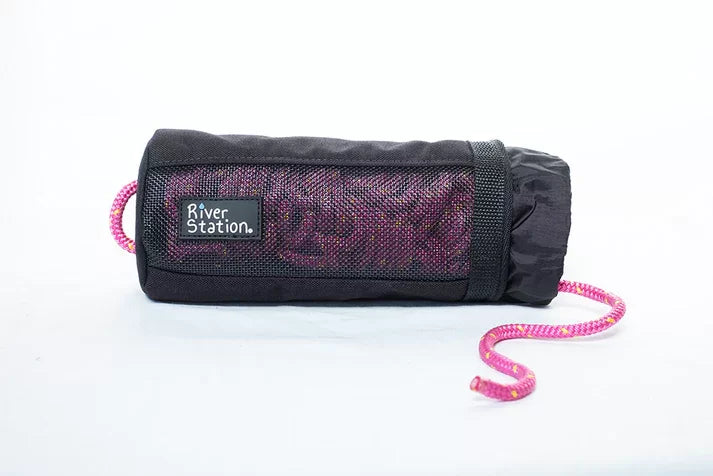


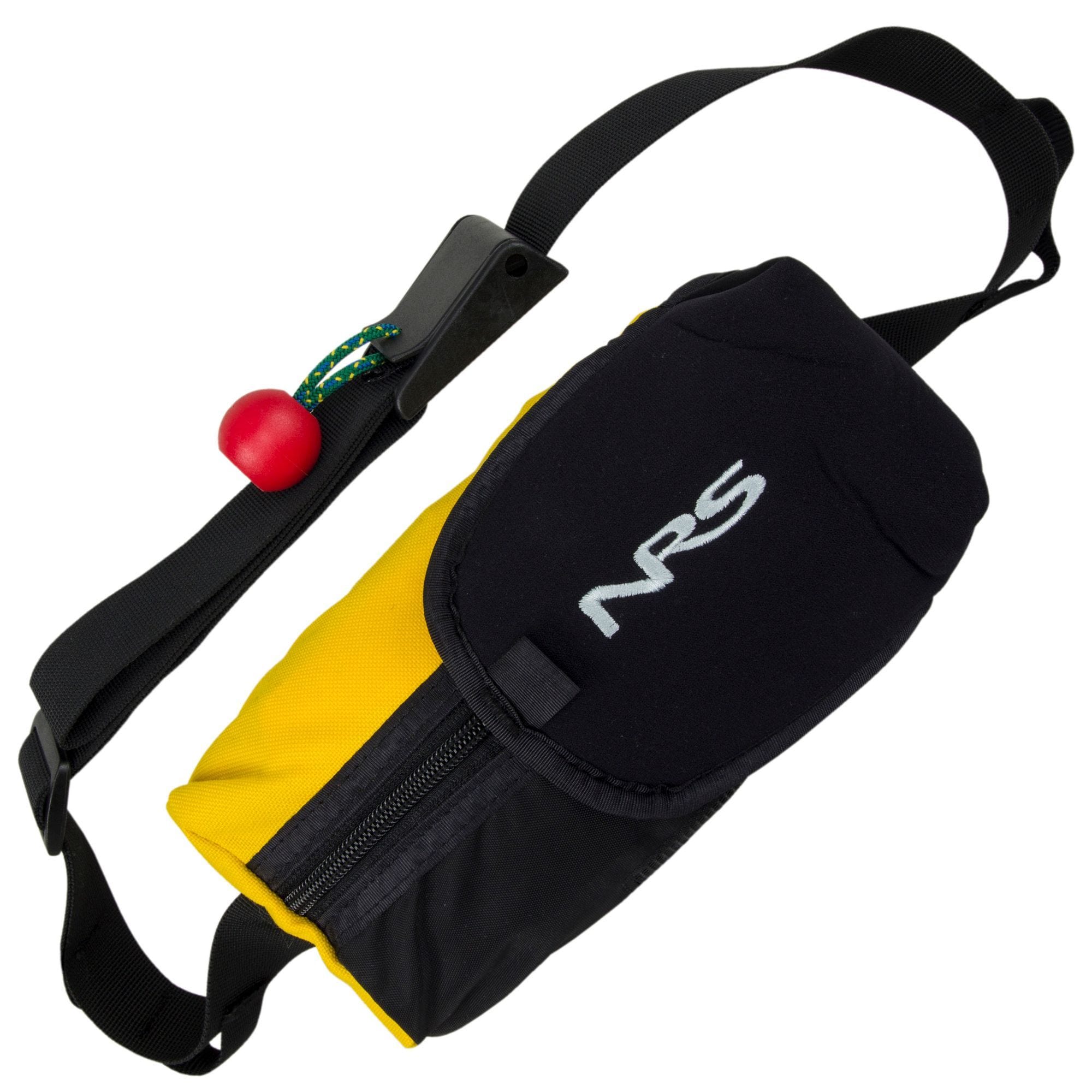
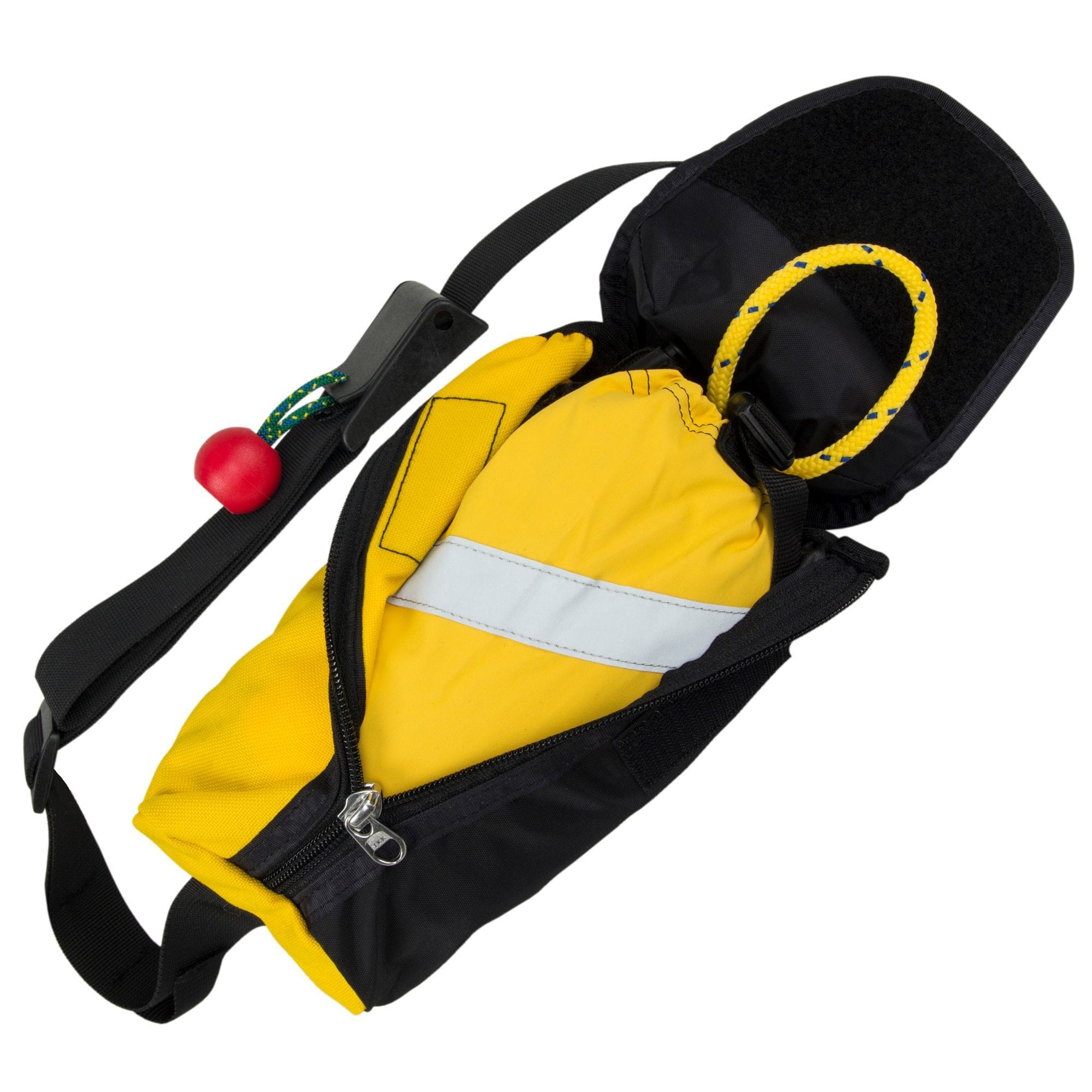

Shop River Knives
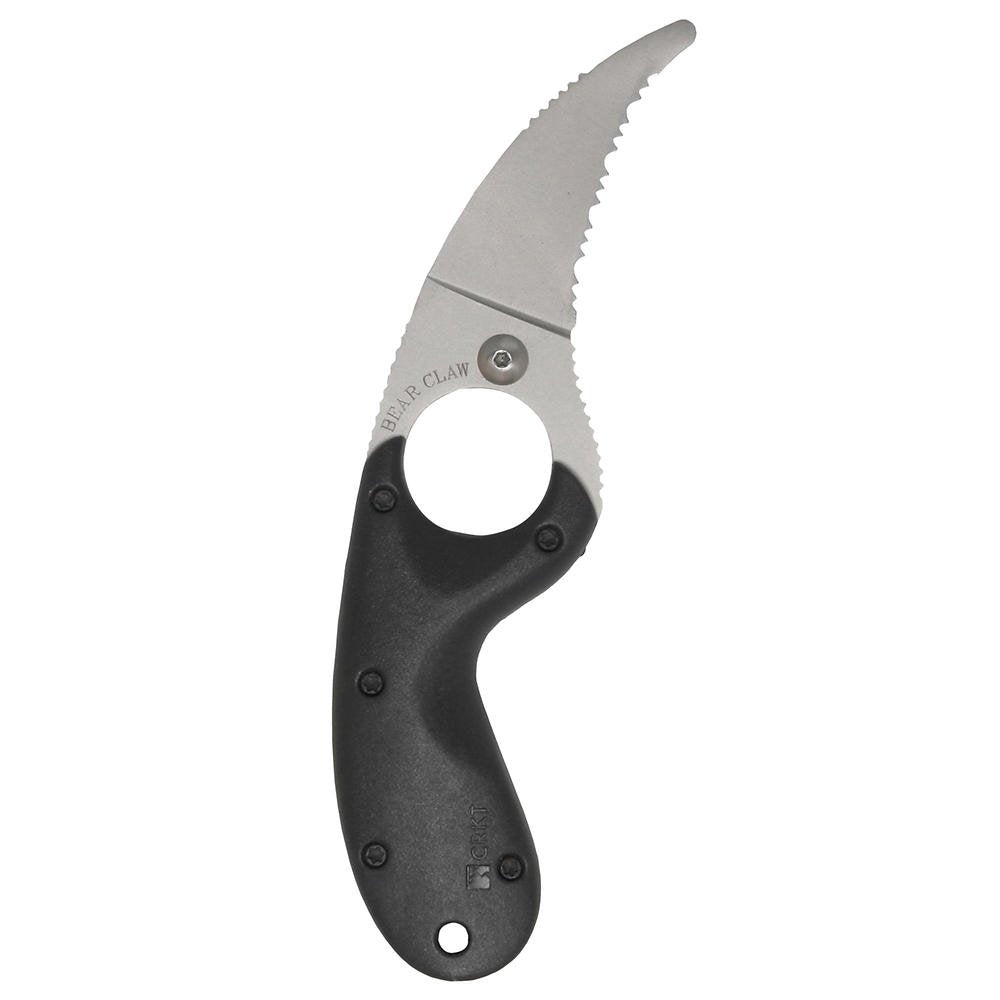

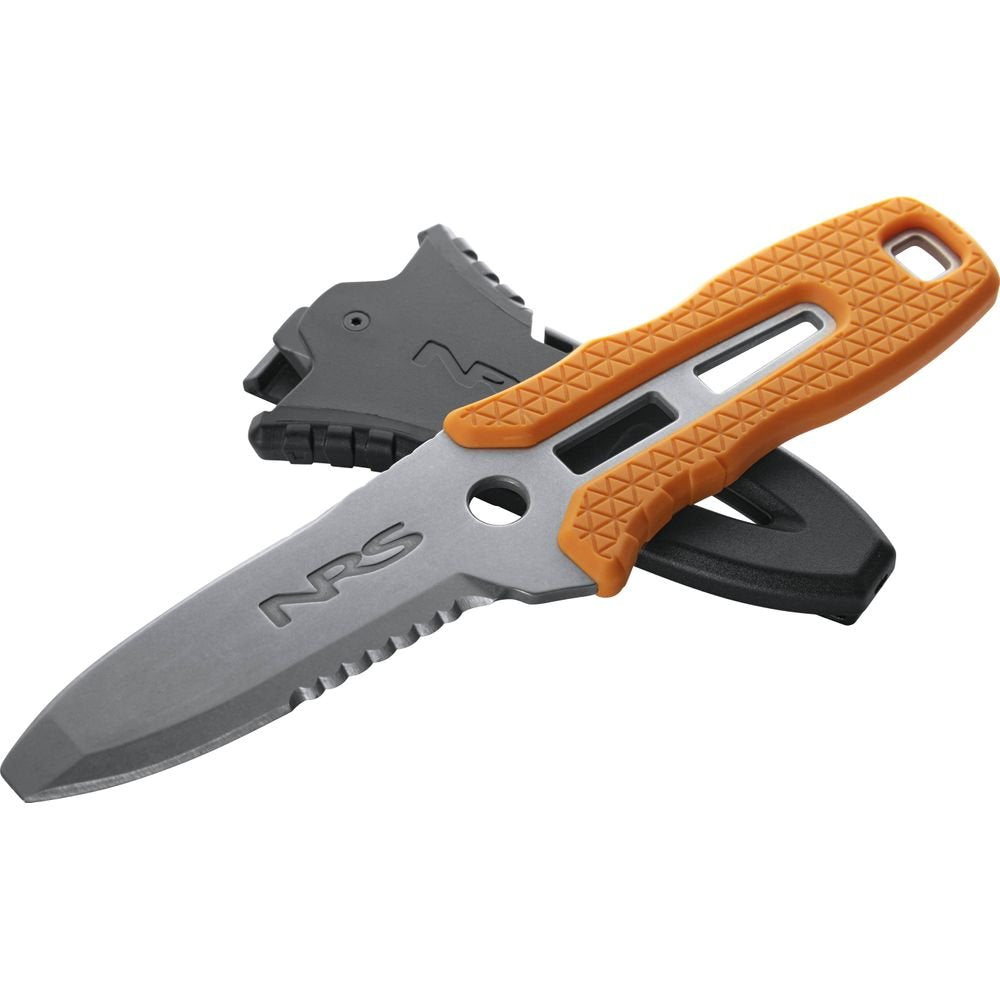
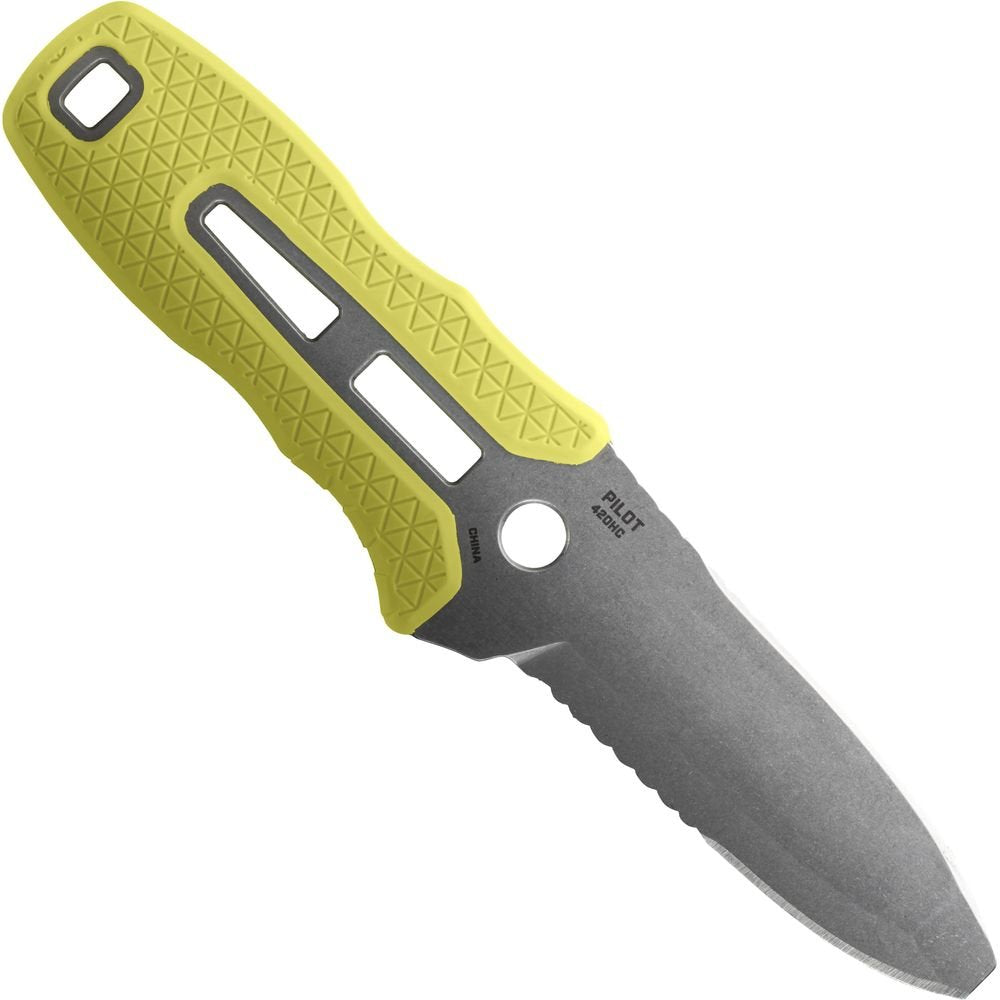
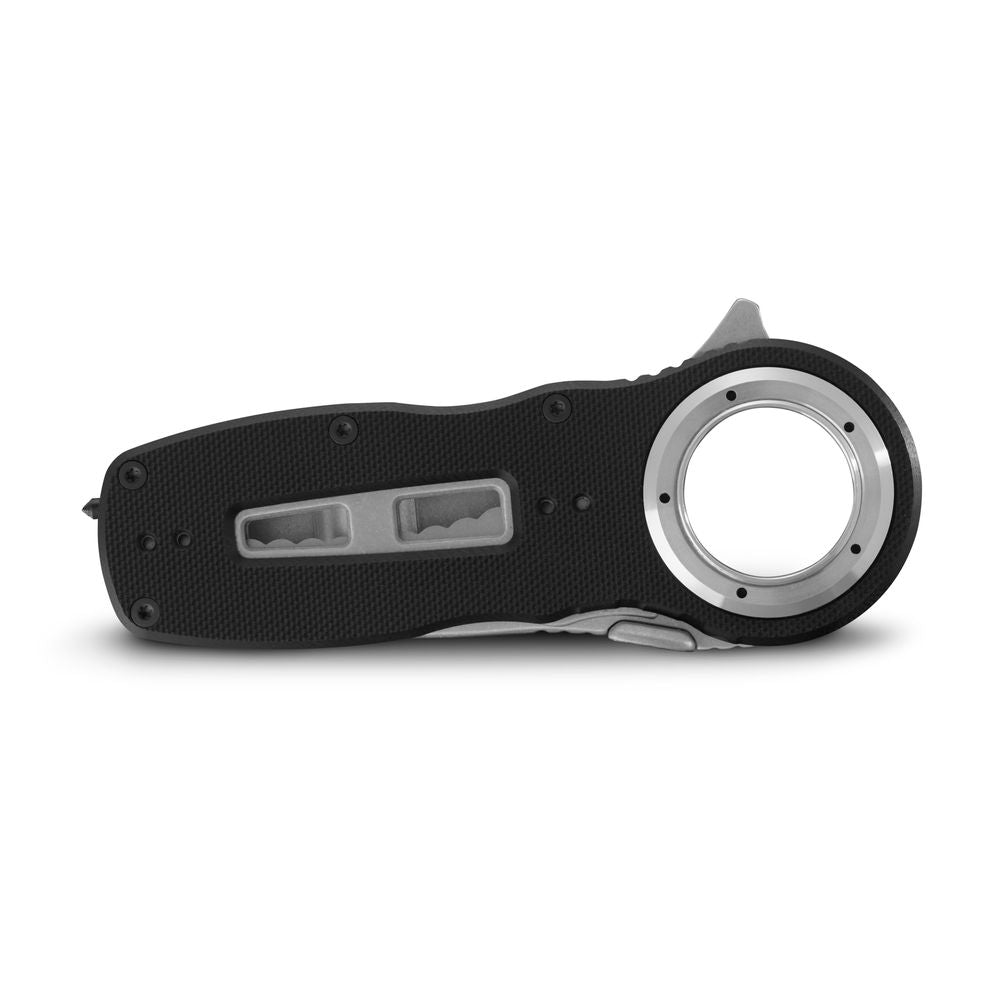
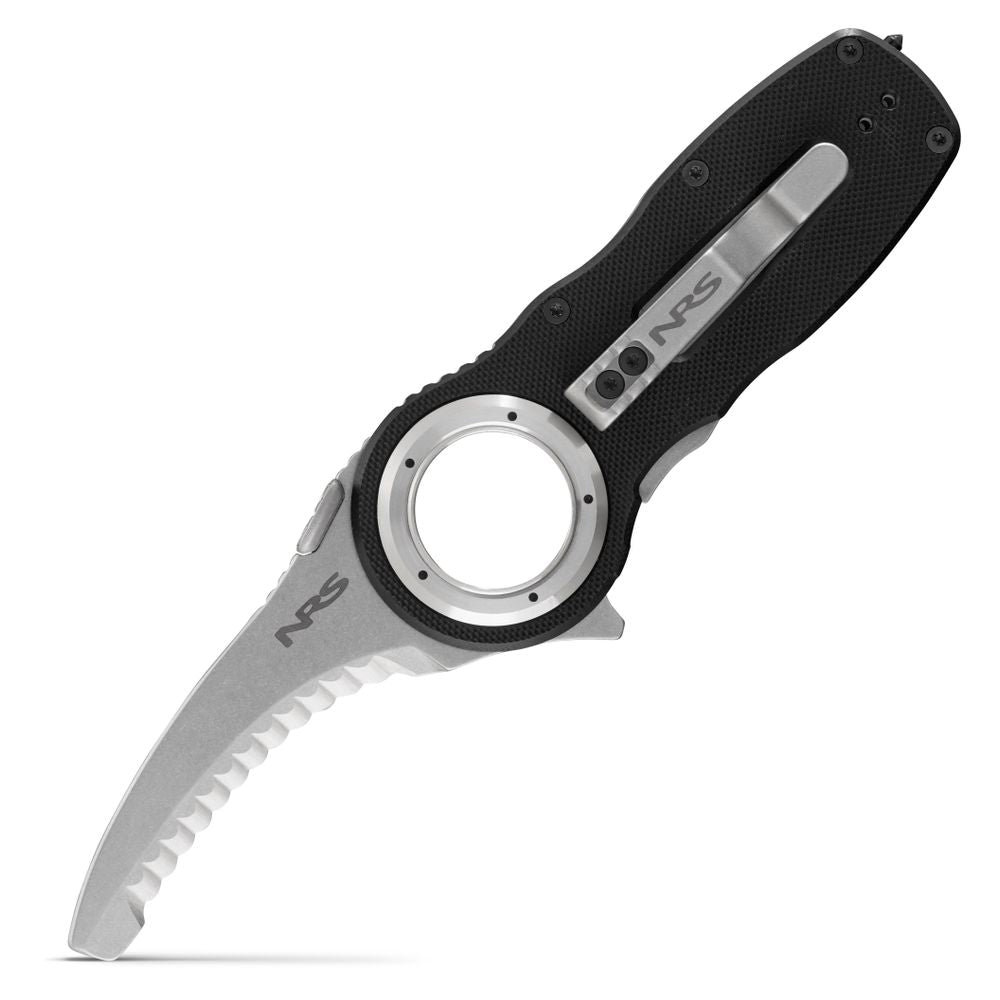
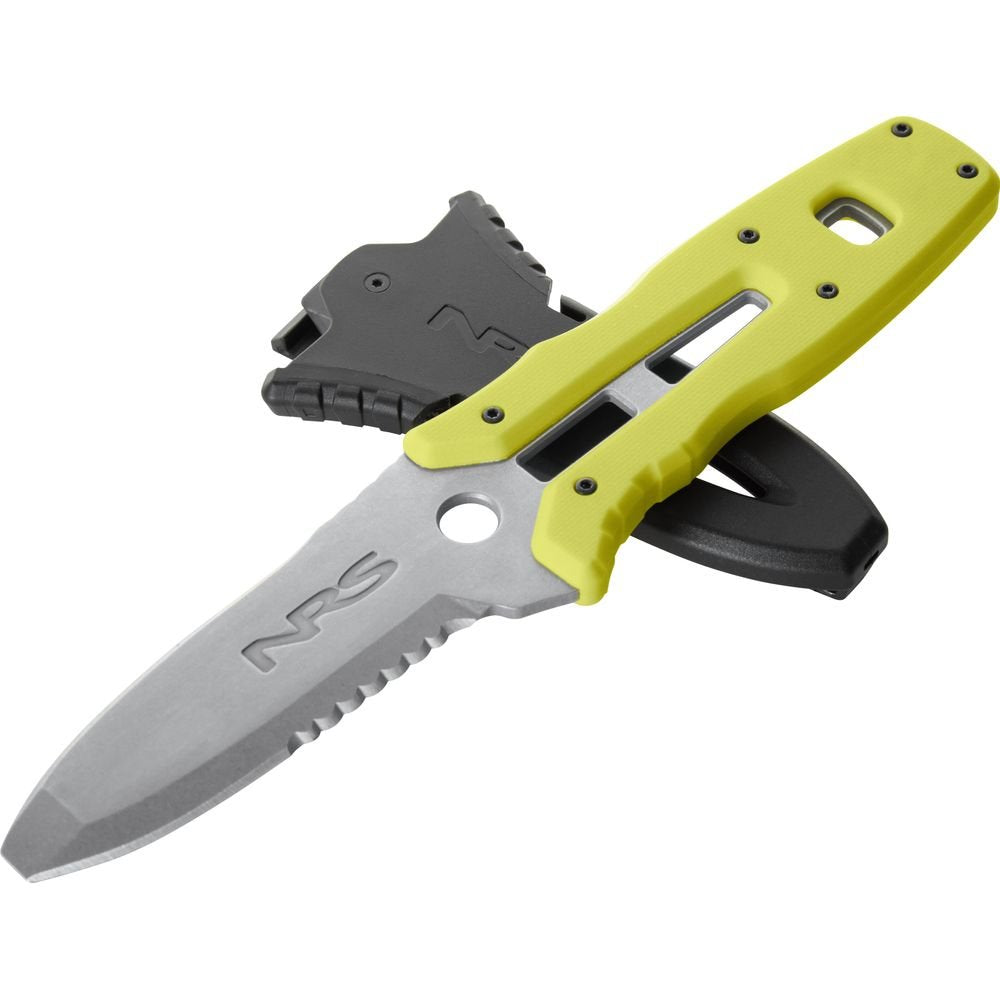
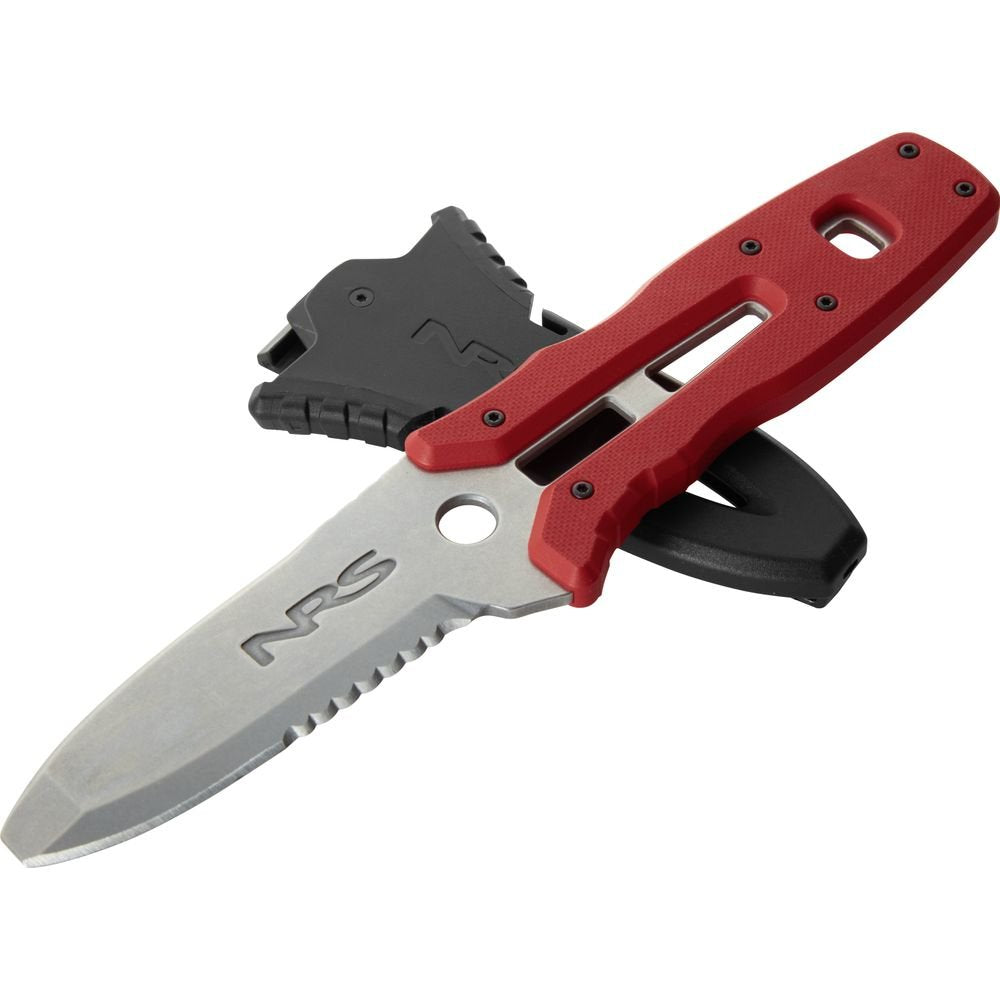


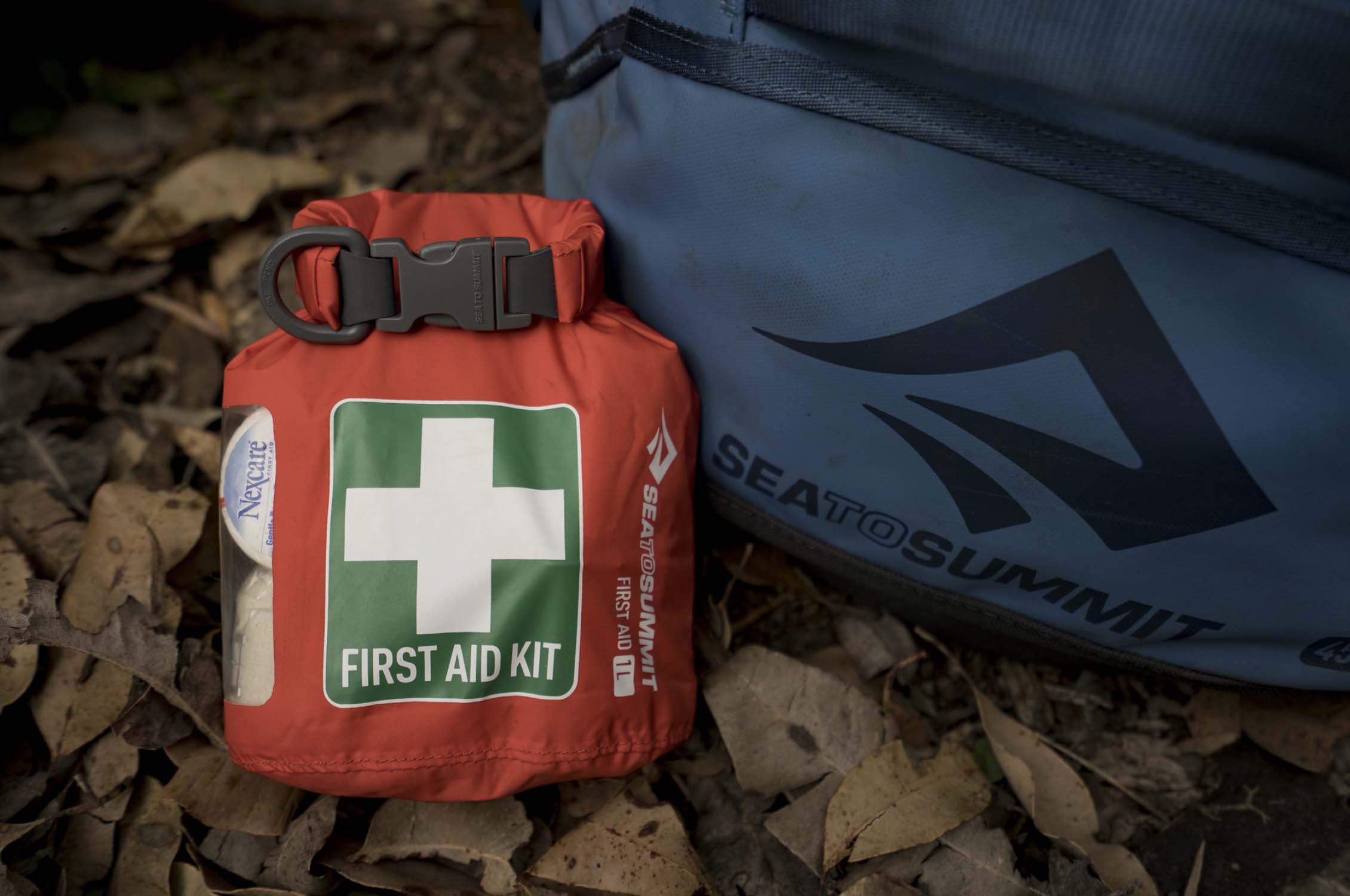
First Aid
We highly recommend paddling with a first aid kit or comprehensive med kit in your boat at all times, especially if you are headed out on an overnight trip. It is crucial to maintain an understanding of basic first aid, and we highly recommend getting certified in First Aid/CPR and keeping your certifications up to date. Your paddling crew will thank you!
If you're looking for even more peace of mind while on the river, consider taking a Wilderness First Aid (WFA), Wilderness First Responder (WFR), or Wilderness EMT (WEMT) course as, more often than not, if you encounter an emergency situation on the river you are going to be a long ways away from the nearest hospital or emergency services.
Shop Medical Kits

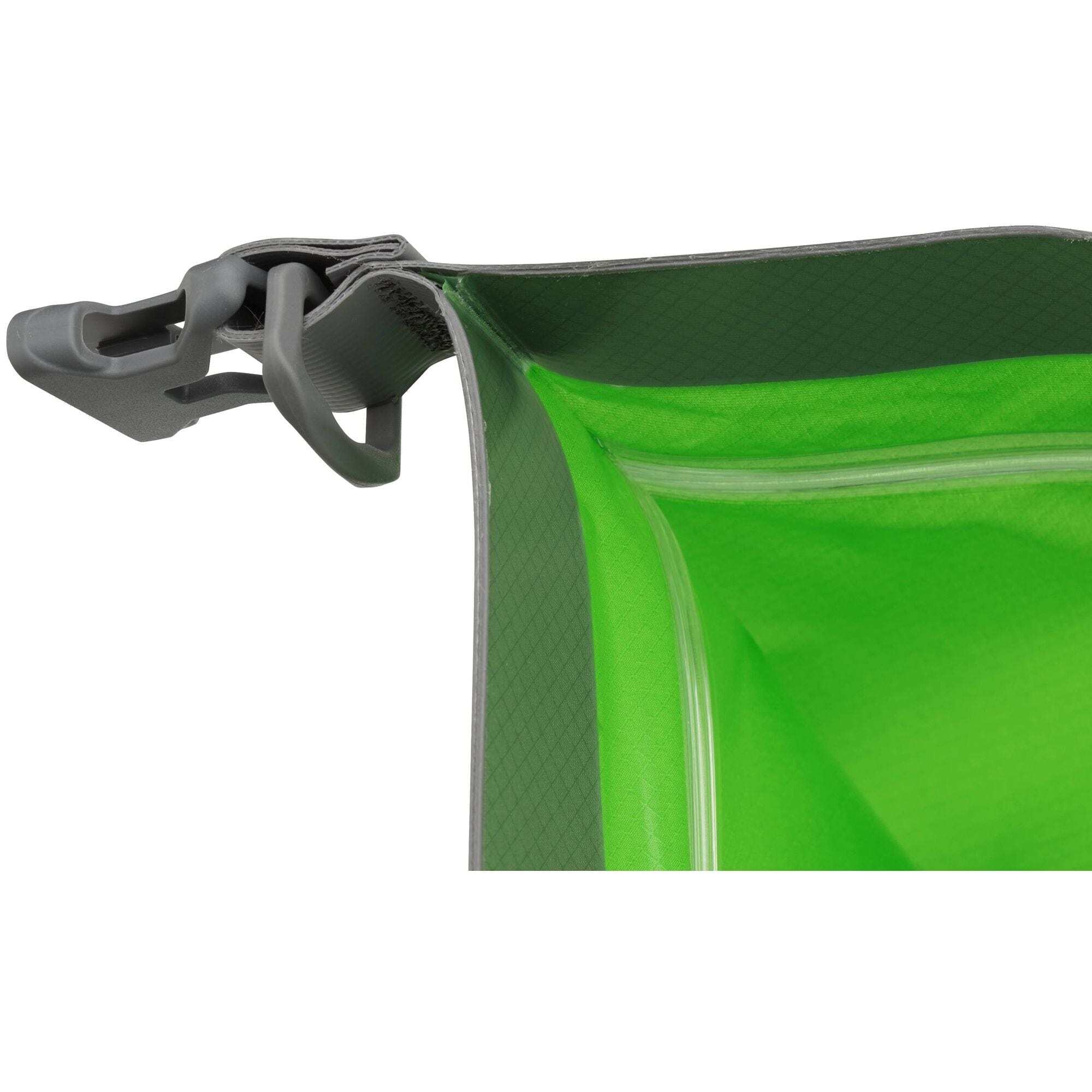
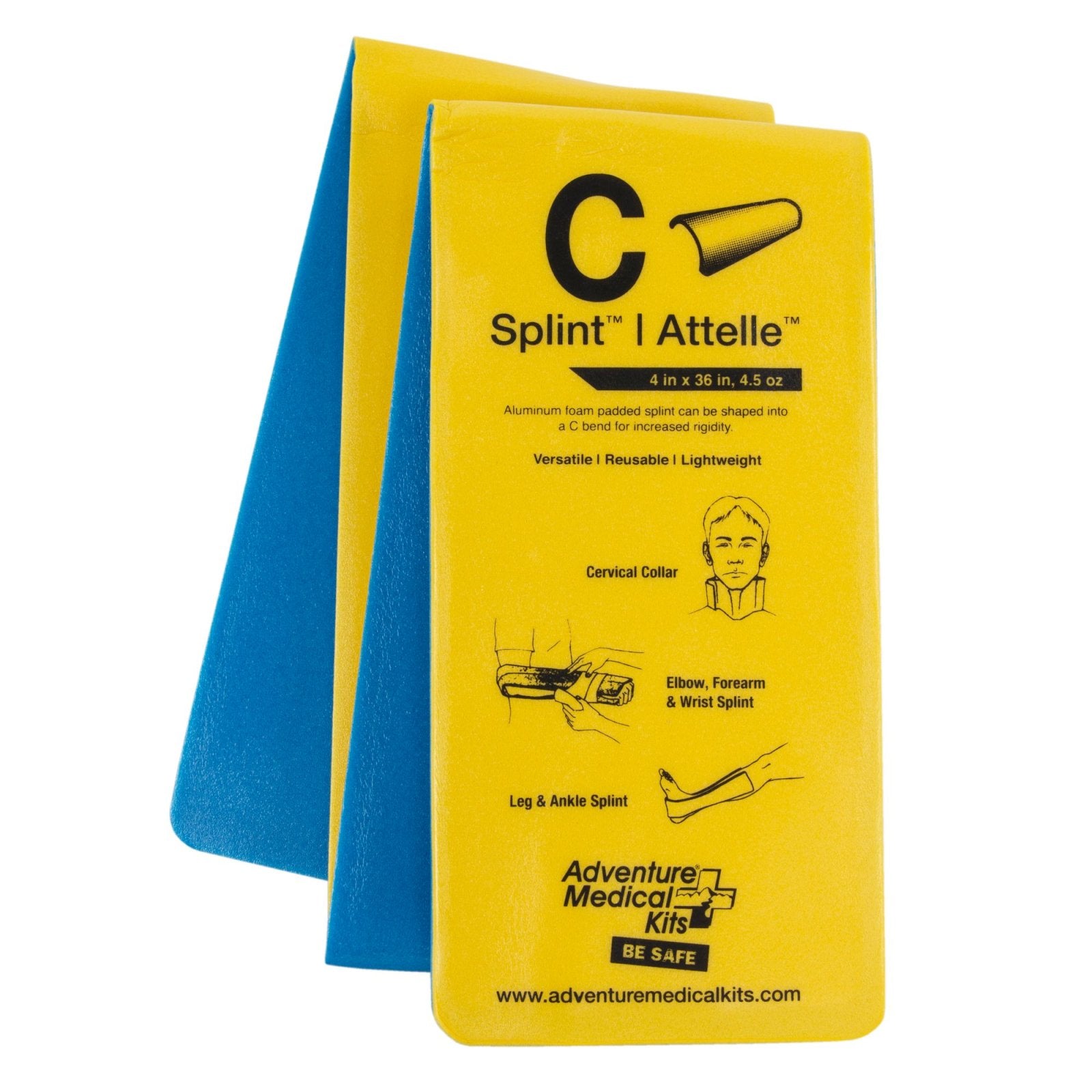
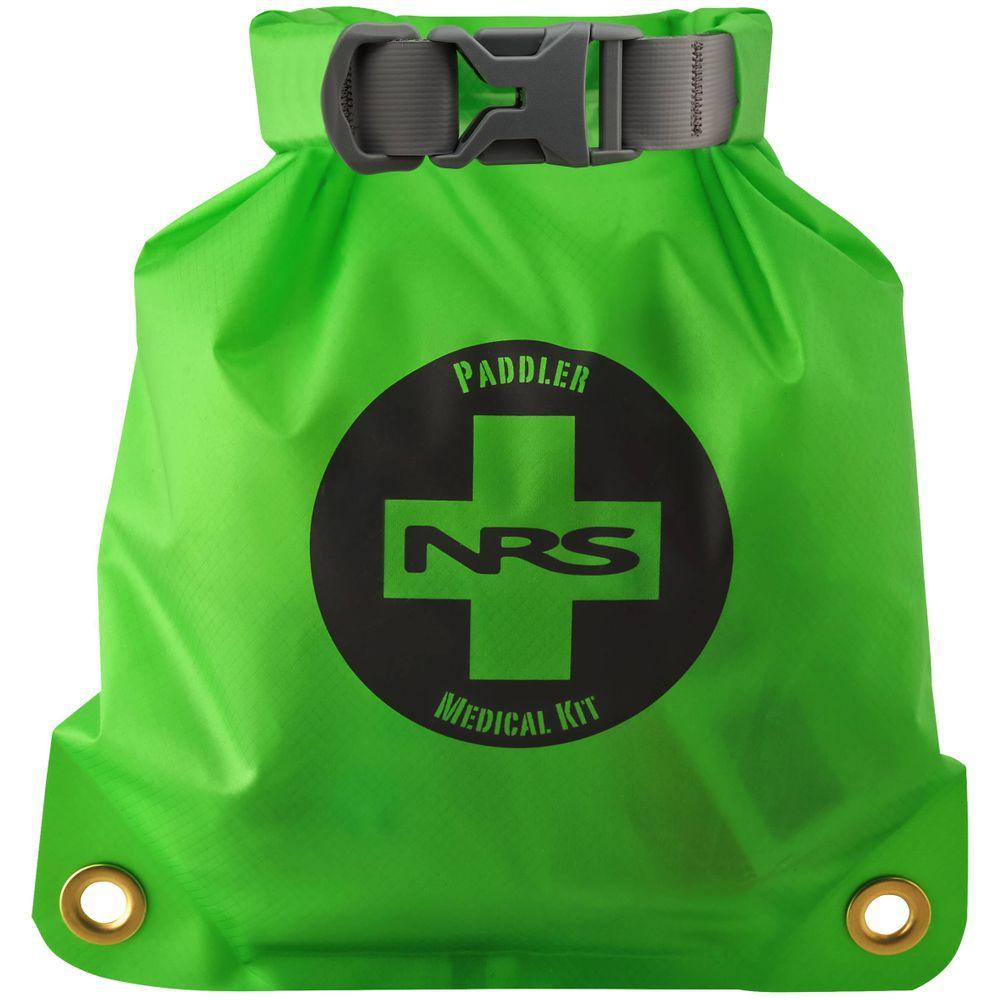
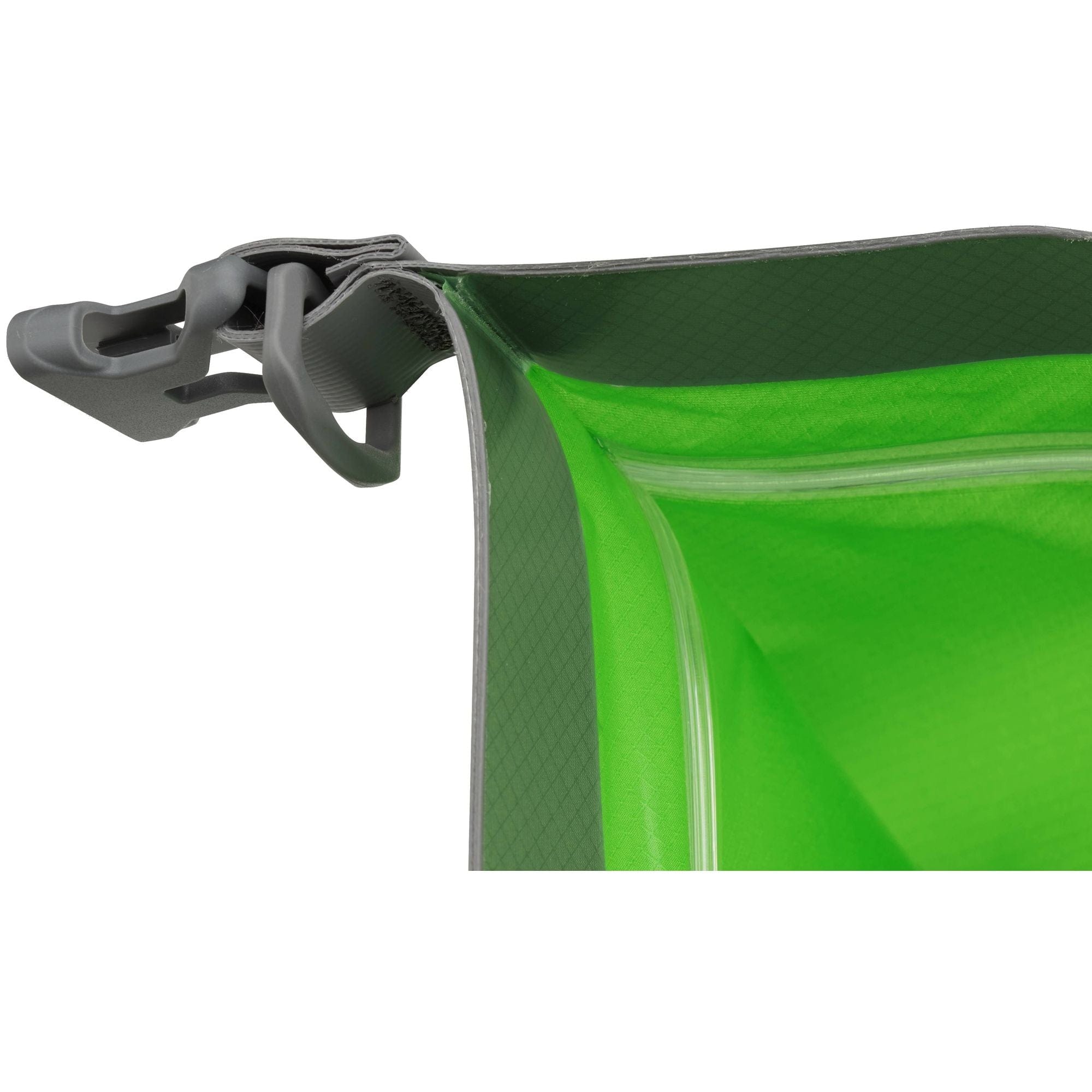

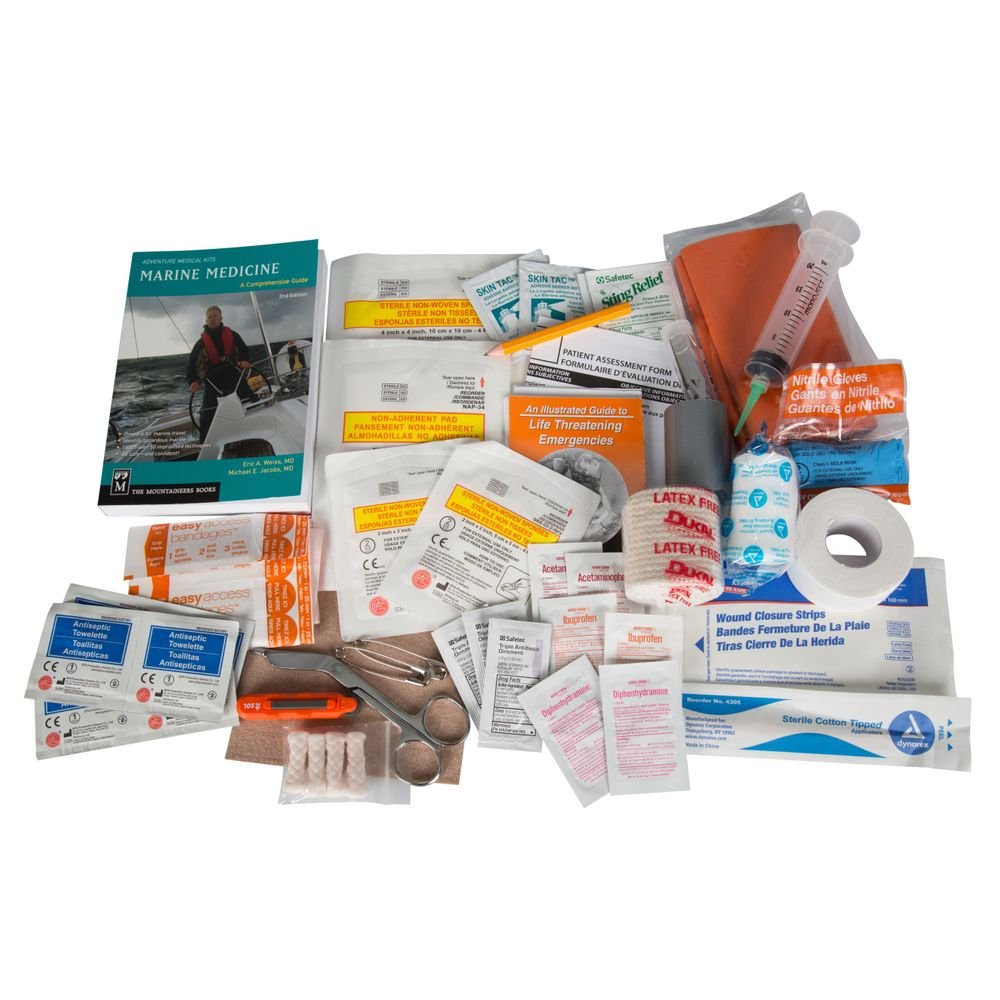
Swiftwater Rescue Courses + Equipment
If you've spent some time on rivers, you've likely heard of a "Swiftwater Rescue Course." We highly recommend that anyone who paddles whitewater take a course. SWR courses are offered throughout the country by various organizations. In the Rockies, courses are typically offered in the Spring when there is plenty of snowmelt flowing into the rivers.
You do not need extensive whitewater experience to participate in a course. Courses will typically require students to bring a Rescue PFD, a Helmet, a Throw Bag, and a Wetsuit or Dry Suit. A SWR course will teach you infinitely more than a website can, so we can't recommend taking one enough!
Once you have a swiftwater rescue course under your (quick-release) belt, you can start to think about building out your own pin kit to paddle with. Pin kits will vary for kayaks and other small craft versus larger rafts, so we explain the general idea below.
A Pin Kit Must-Have: The Z-Drag Cheat Sheet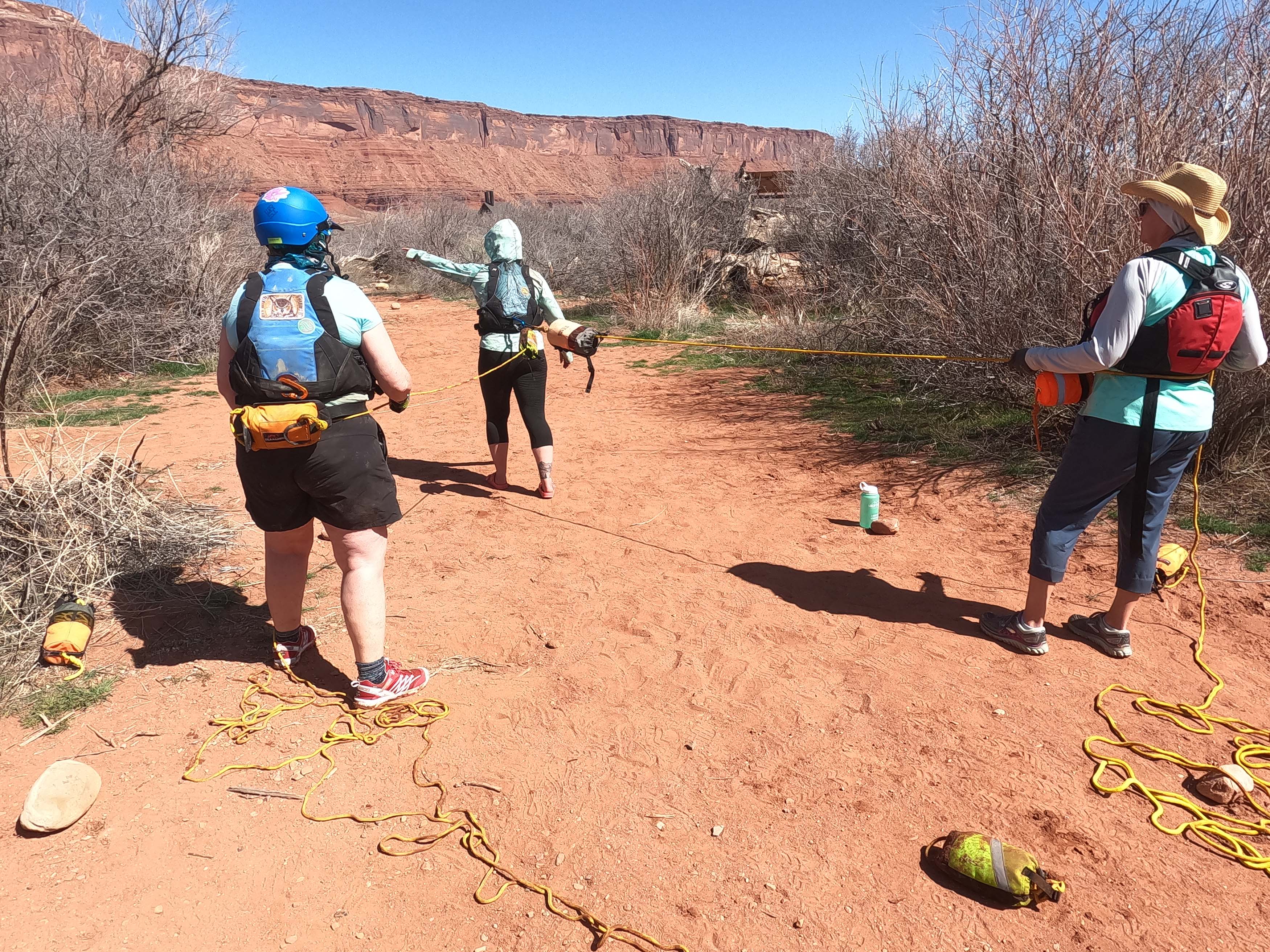
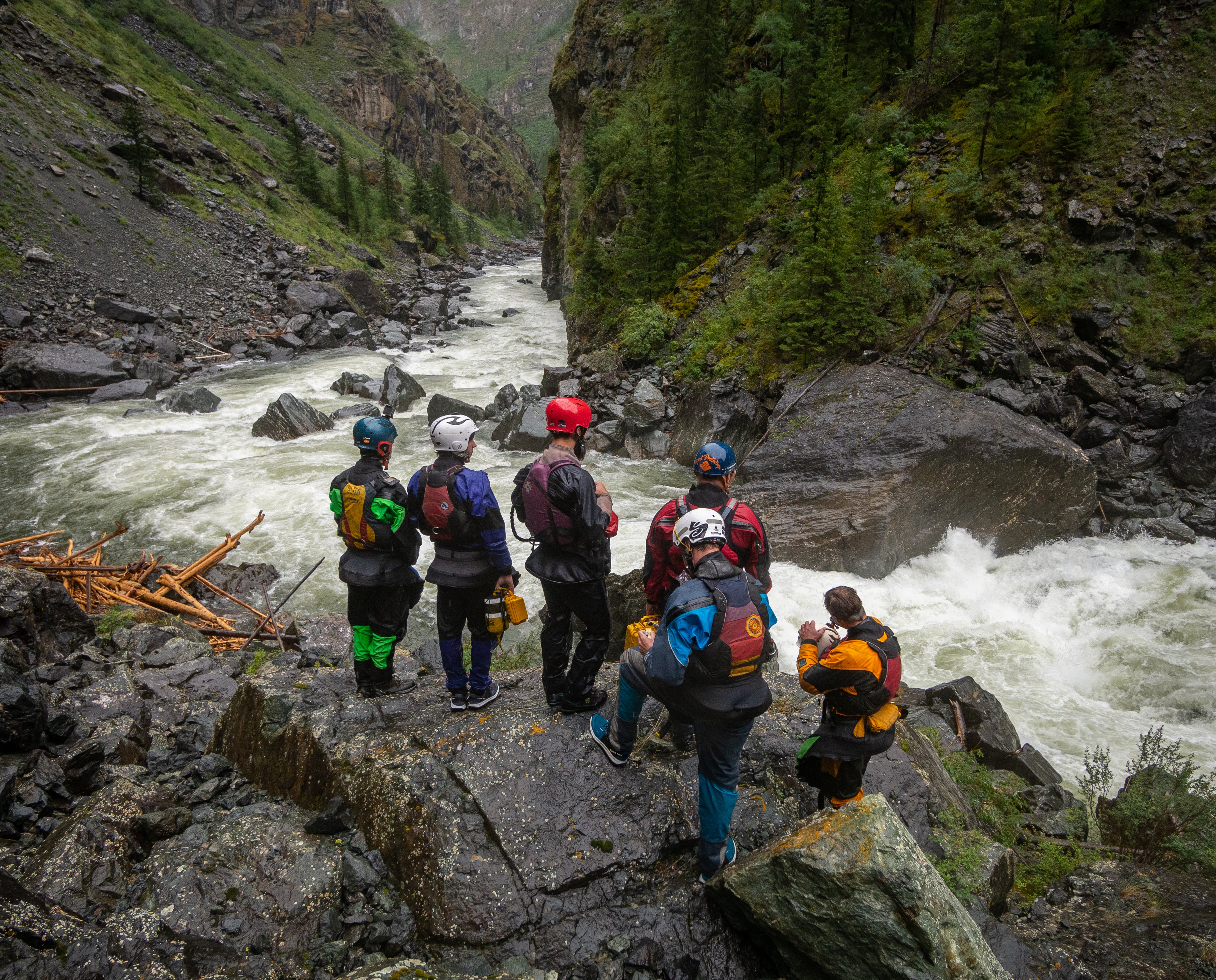
Pin Kits
Assembling your own pin kit starts with the 4-3-2-1 and a Throw Bag concept. You should carry at least four locking carabiners to connect to pulleys and webbing--this is an essential part of the Z-drag system. Then, you'll need three pulleys. Sure, you can get away without pulleys in a pinch, but hauling on a loaded raft in the middle of an expedition trip with a bunch of friction on that old rotting throw rope is not too smart. You'll want at least two Prusiks on hand, ideally 2/3 the diameter of your throw rope so you get the perfect bite. Finally, take along one 20' sling of webbing to build the anchor that attaches to a tree or rock on the shore.
The above items provide everything needed to create a successful Z-drag with a redirect; in case the line snaps the fellow boaters working with you will be protected from the recoil. You'll ideally want to find a way to store most of these items in your PFD. You'll find that everything but the throw bag can fit in an Astral Greenjacket perfectly.
Since rafters have more room in their boats, they often choose to carry a larger pin kit inside a mesh duffel bag instead of their PFD and use a longer, static rope instead of their dynamic throw bag rope. Of course, it's always a good idea to keep small items like locking carabiners and Prusiks stored in your PFD where you can access them quickly if ever needed.
Don't Want to Build Your Own Pin Kit?Shop Rescue Hardware + Ropes
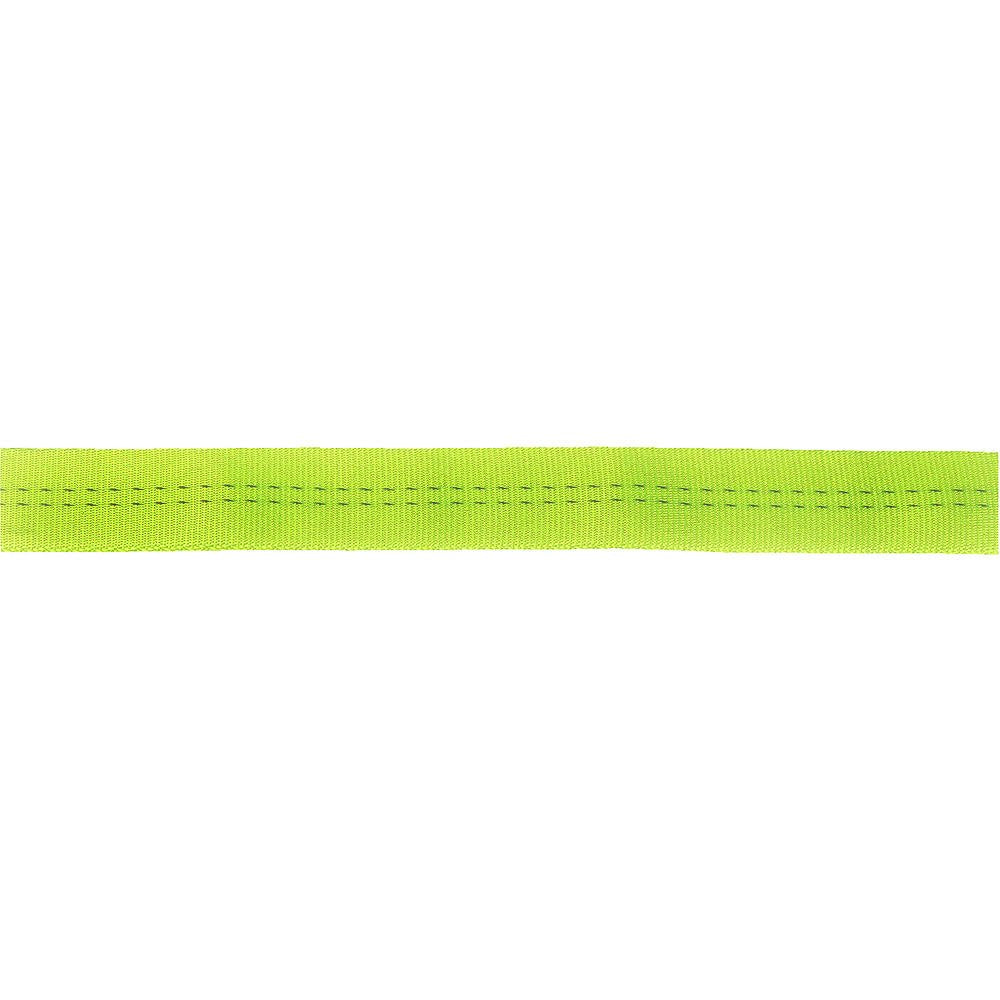
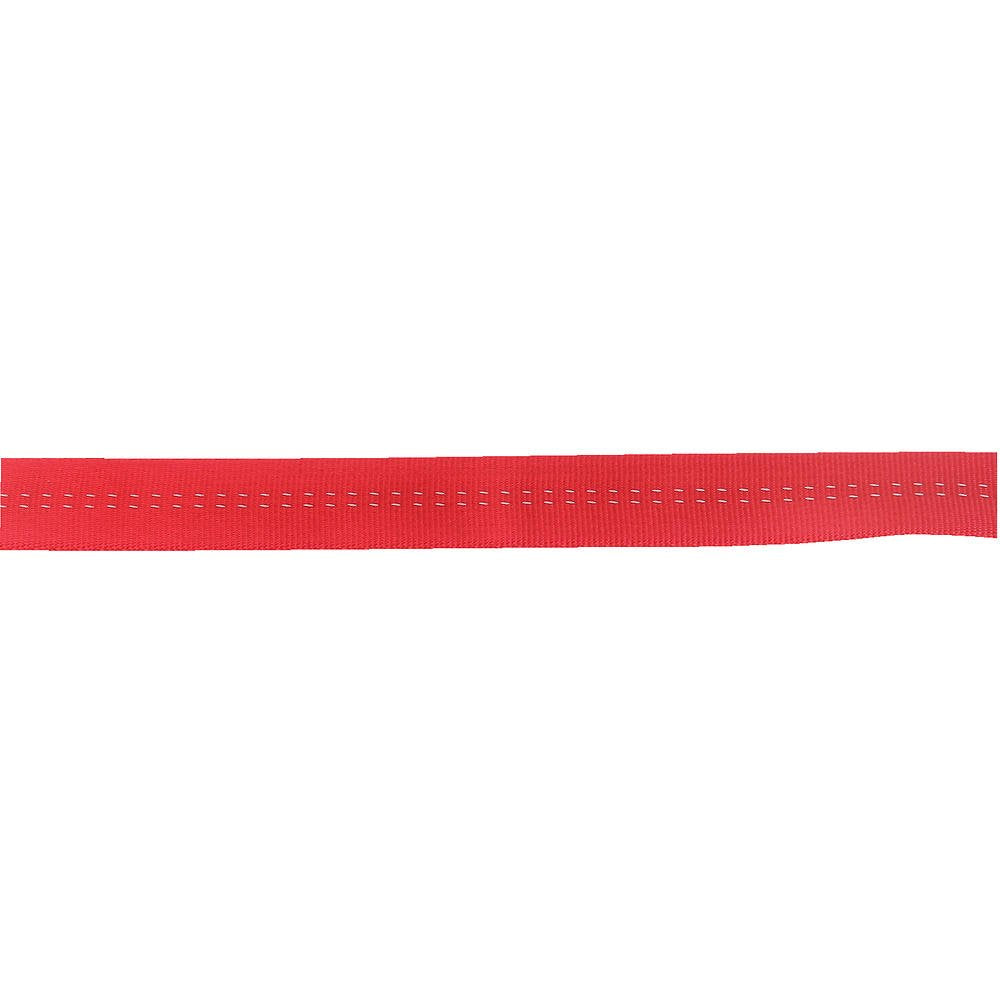
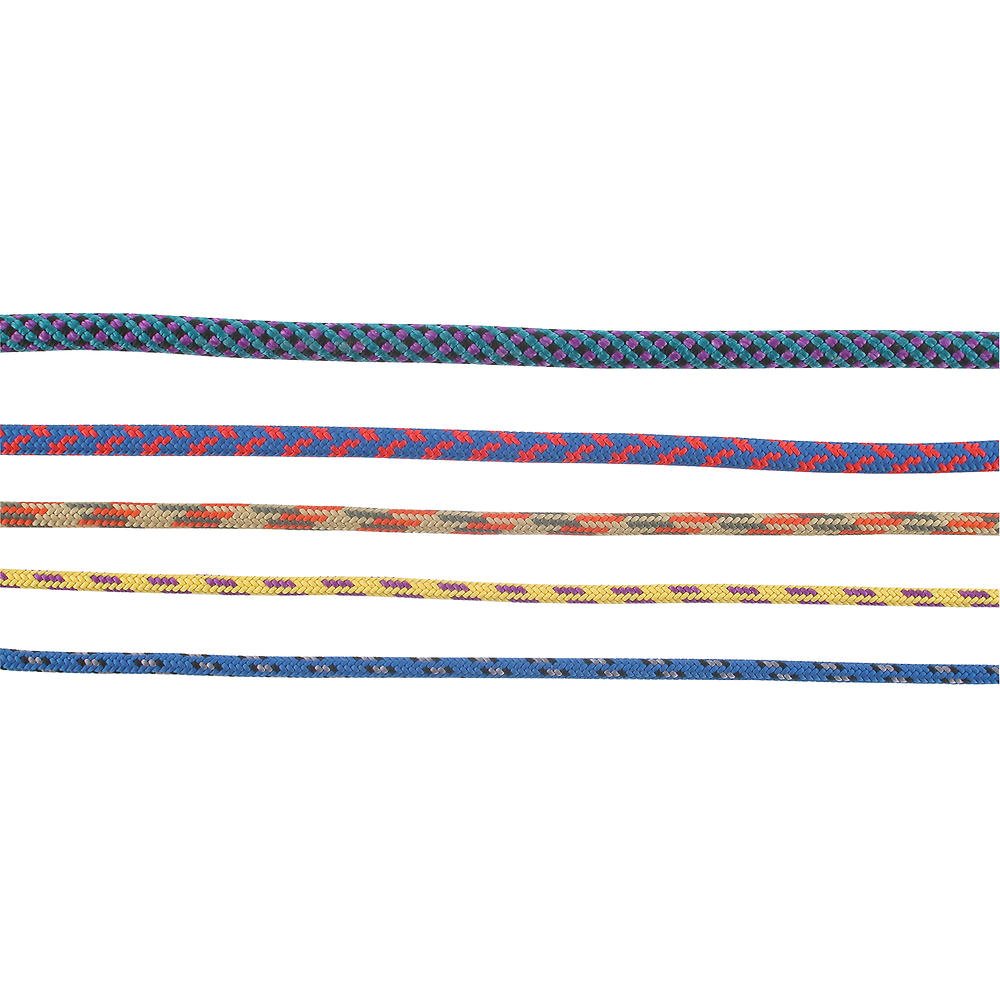
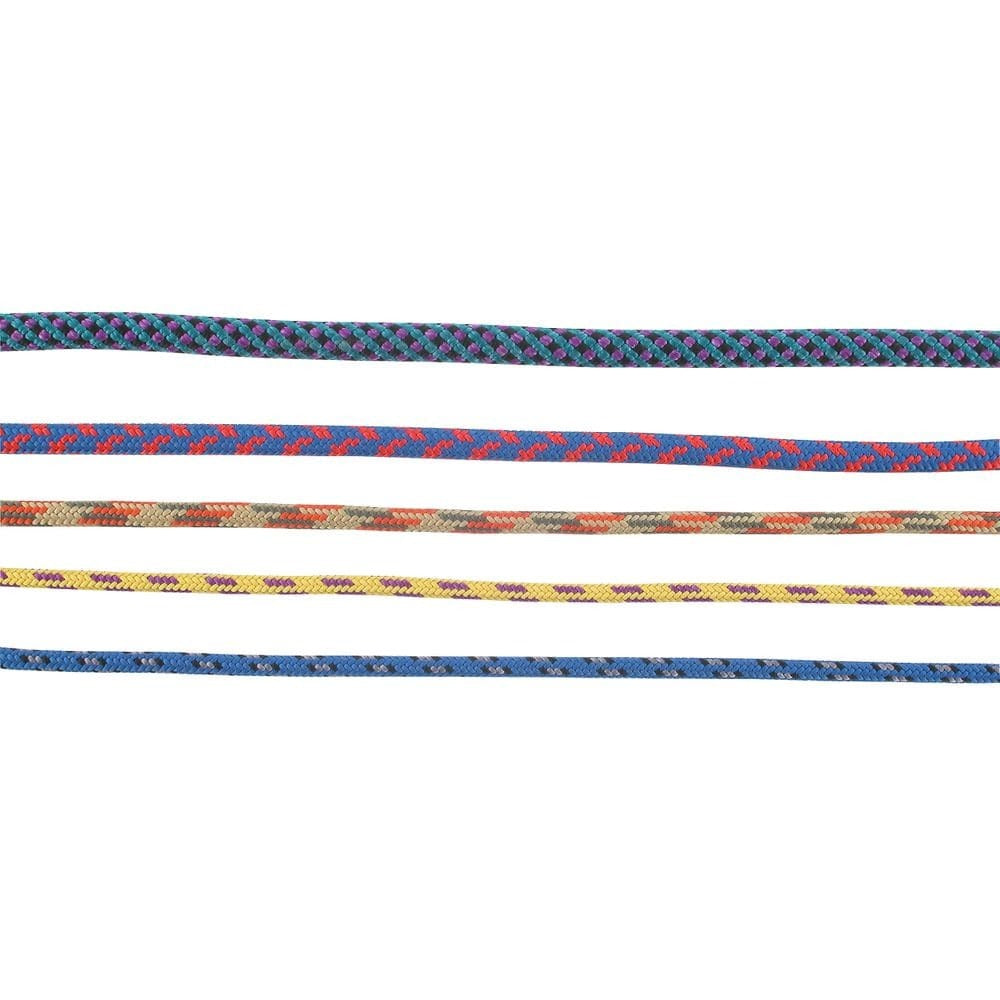

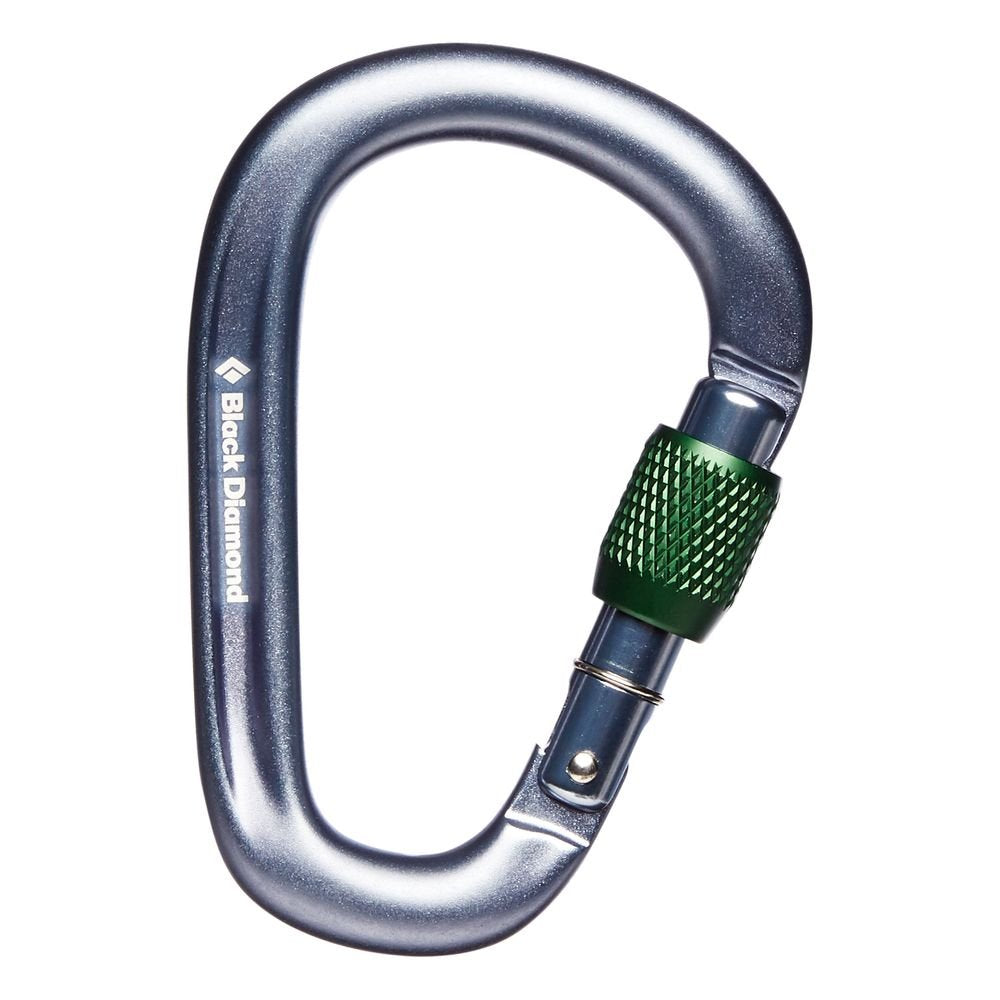

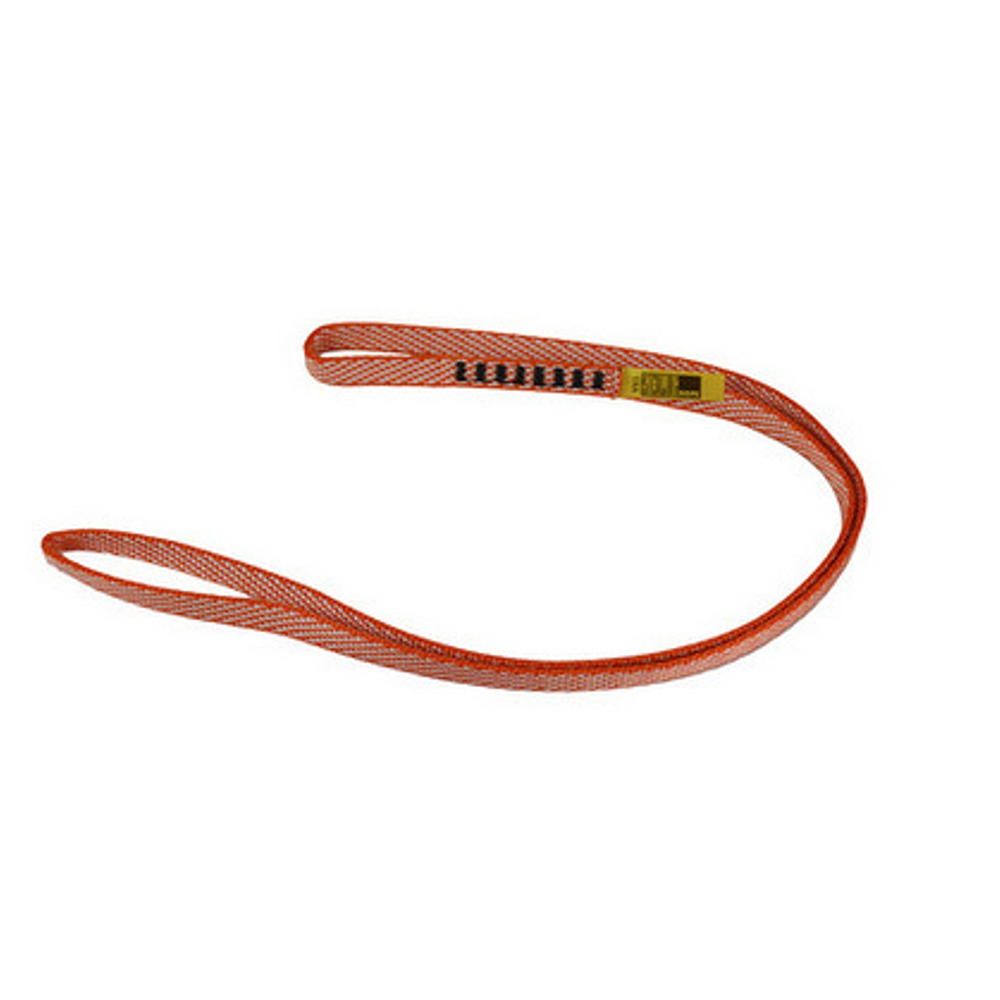
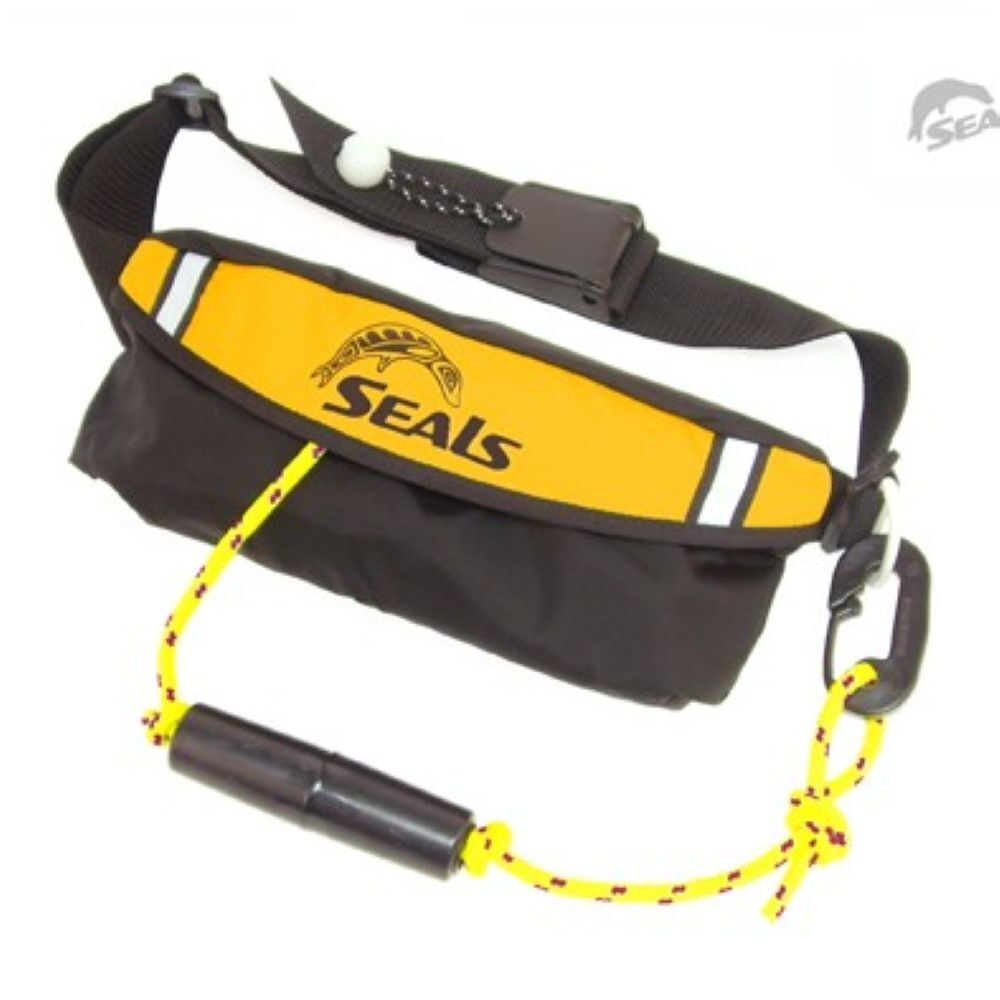

Ready to (Safely) Hit the River?
Awesome! We are stoked to help provide you with safety tips and recommendations before your next river trip.
If you aren't feeling 100% confident in your gear, feel free to give our Gear Experts a call and we can help get you the equipment you need.
Contact Us

